Exter Oleksandra
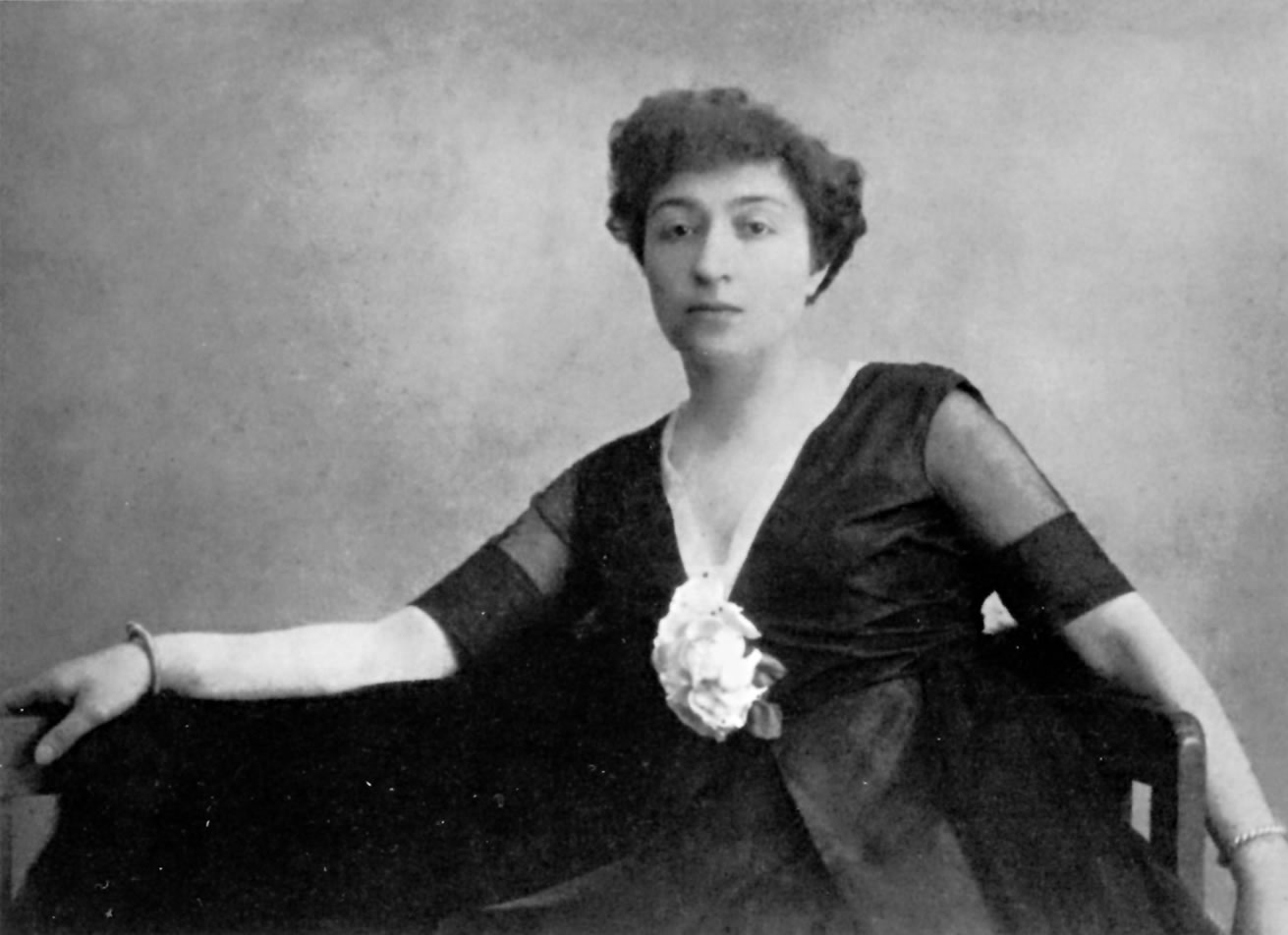
Oleksandra Exter (née Oleksandra Hryhorovych) (1882-1949) is a Ukrainian artist, a reformer of European stagecraft, and a sophisticated intellectual.
She was christened “the avant-garde Amazon” for being an active participant in European artistic life in the early 20th century. She lived and worked in Kyiv, Odesa, Paris, Moscow, and Venice. The range of her activities is staggering: painting, graphic arts, book design, clothing and accessories design, work in theatre and cinema, teaching and organizing exhibitions. In her work the artist moved gradually from one search to the next: (neo)impressionism, cubism, cubofuturism, non-objectivity, constructivism, and art deco.
During her studies in Paris, Exter became a fan of new art which she then brought home to Kyiv. Her apartment and workshop became the real centre of contemporary art in the city, playing a key role in the history of the avant-garde movement in Ukraine. Her influence also affected European attitudes toward Ukrainian art; Oleksandra Exter made her Paris friends and students fall in love with Ukrainian folk art – a source for her studies of colour, rhythm, and composition. When she emigrated, her little house in a Paris suburb, Fontenay-aux-Roses, was filled with Ukrainian ceramics. Well-known Russian actress Alisa Koonen (wife of Alexander Tairov, theatre director) wrote in her memoir: “Her house, just like herself, remarkable due to an interesting combination of European culture and the Ukrainian way of life.”
Giselastraße 23, München, Germany
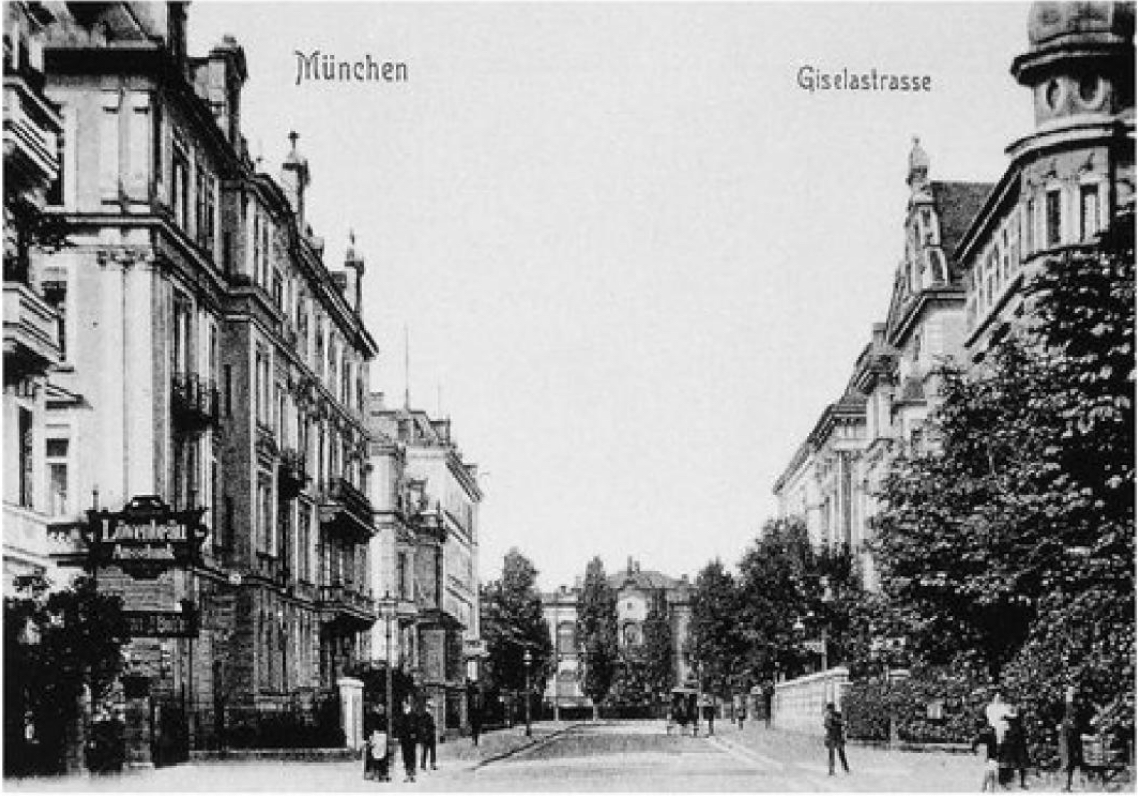
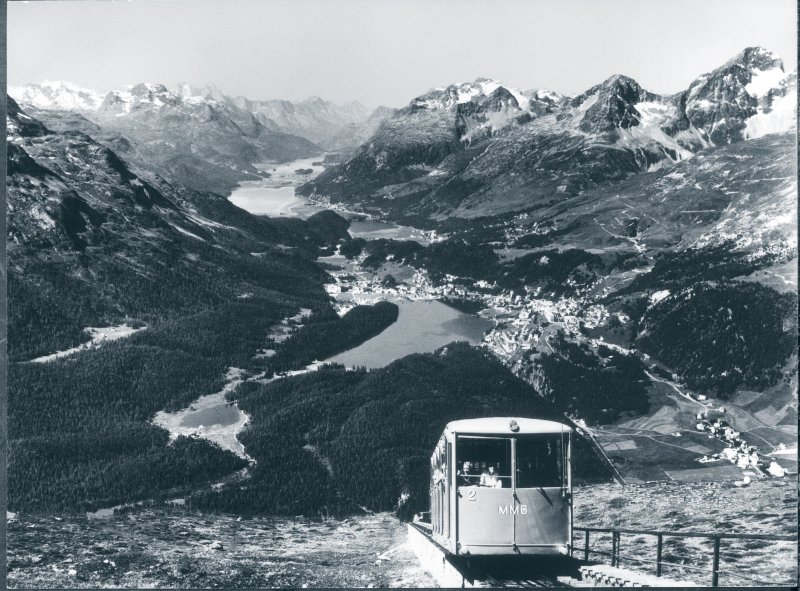
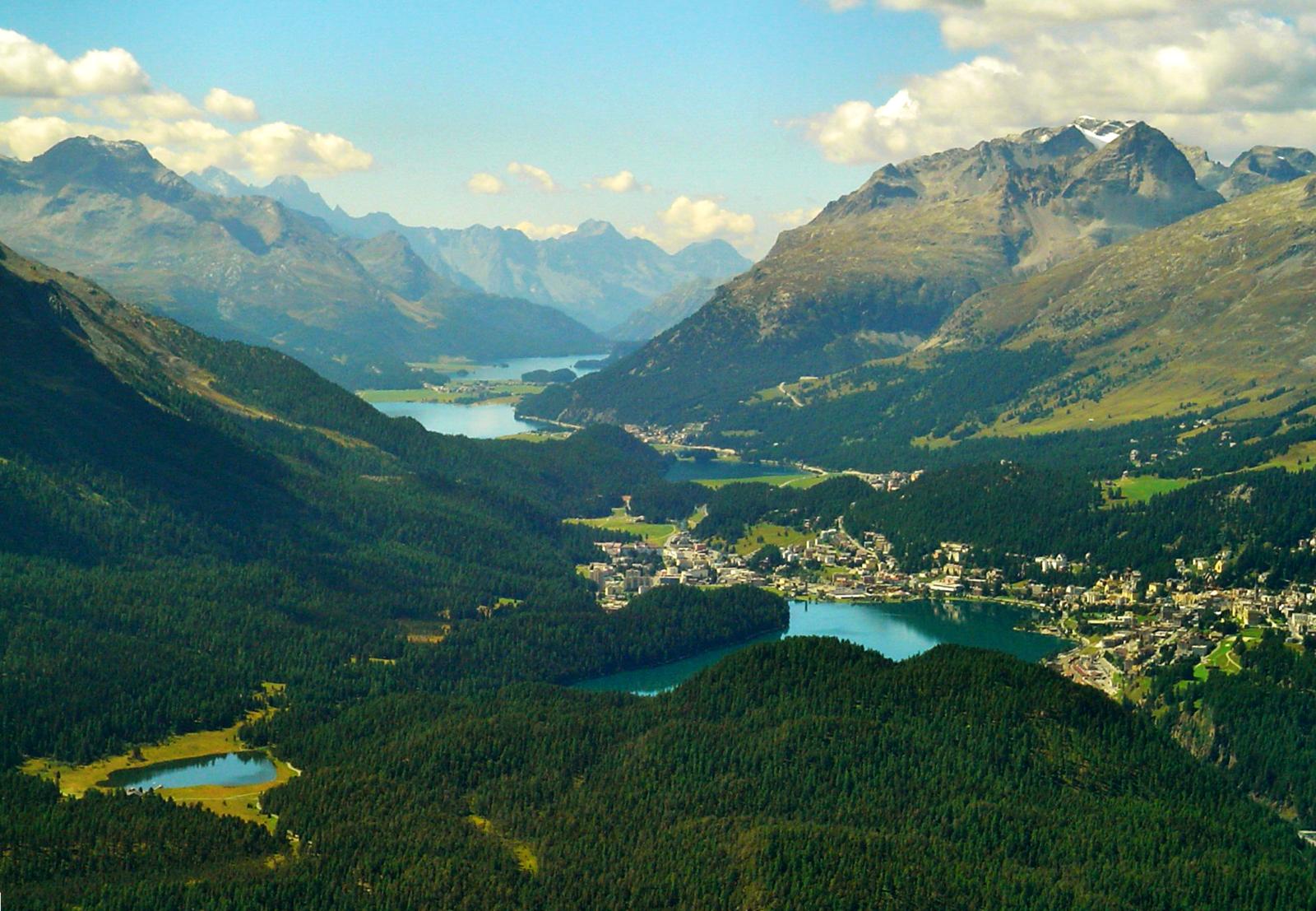
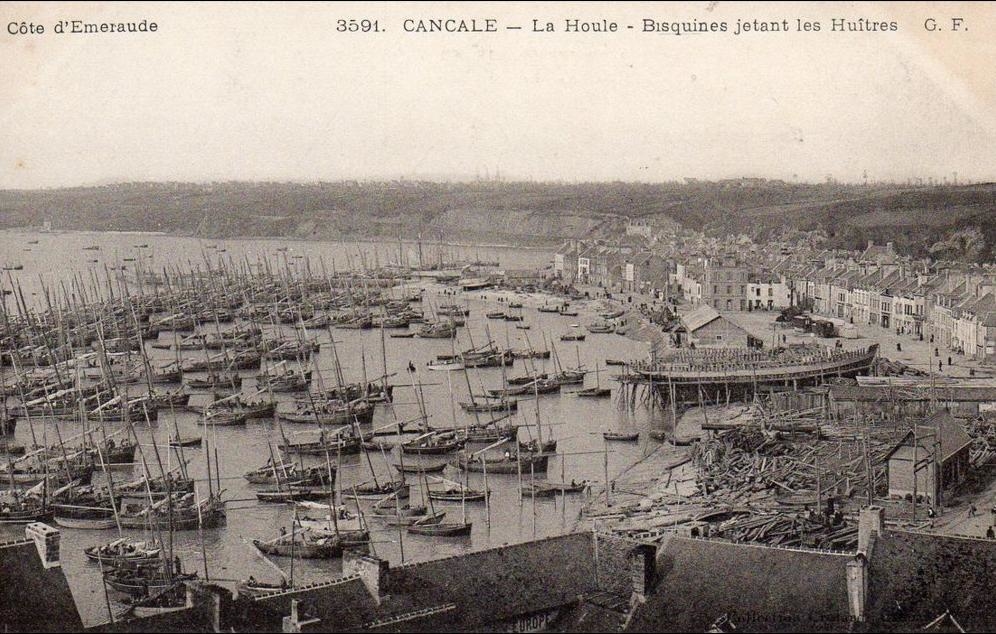
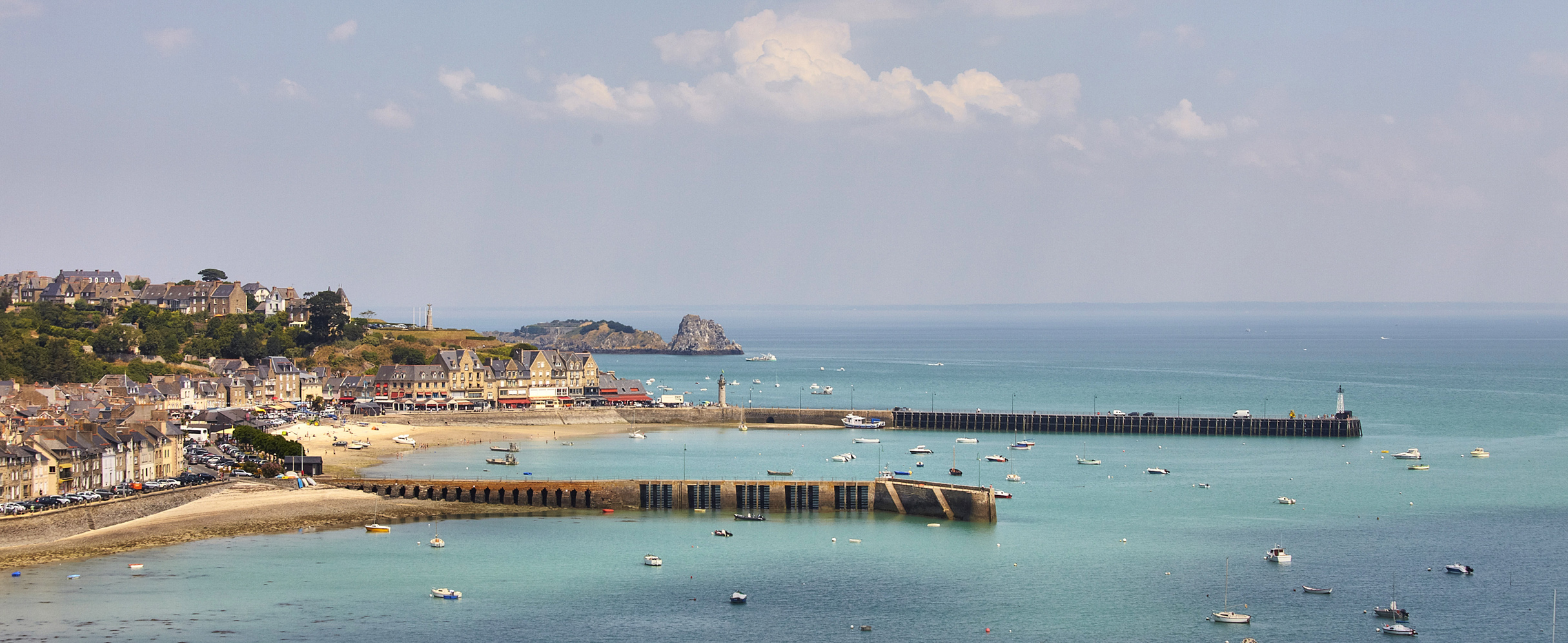
In January 1906, Oleksandra Exter and her husband, lawyer Nikolay Exter, were guests in a third-floor apartment of a building on Giselastraße 23. This apartment belonged to the husband’s long-standing close friend, expressionist artist Alexej von Jawlensky and his wife, artist Mariana Veriovkina. The cosy living-room of that apartment in Giselastrasse was an iconic meeting-place for Munich bohemian circles in the early 20th century. It was here, in 1911, that the idea to establish the famous artists’ association The Blue Rider first emerged.
For the Exters Munich was the first stop of their honeymoon trip. And for Asya (this is how family and friends called Alexandra) it was also her first journey abroad. Alexej Jawlensky introduced her to his friends, artists with the same beliefs: Vassili Kandinsky, Franz Mark, and Gabriela Munter. In Munich, Exter worked a lot, painting in plein air. She and Jawlensky made several trips to Switzerland, in particular to Engadin, an incredibly beautiful natural reserve. She then showcased her tempera sketches of Alpine landscapes filled with light and air at a series of exhibitions. One was the Link (Kyiv, 1908) – a signature event in the history of Ukrainian art, one believed to have officially launched the Ukrainian avant-garde art process.
After Munich and Switzerland, the young couple went to Bretagne (Cancale) where Oleksandra Exter created a series of sketches depicting the Atlantic shore. These early neo-impressionist works impress with their artistic freedom. However, having reached the end point of the honeymoon trip in Paris, the Kyiv artist immediately fell in love with novel artistic ideas. The impressionist search was left in the past for good. Exter became an ardent avant-garde fan.
14 Rue de la Grande Chaumière, Paris, France
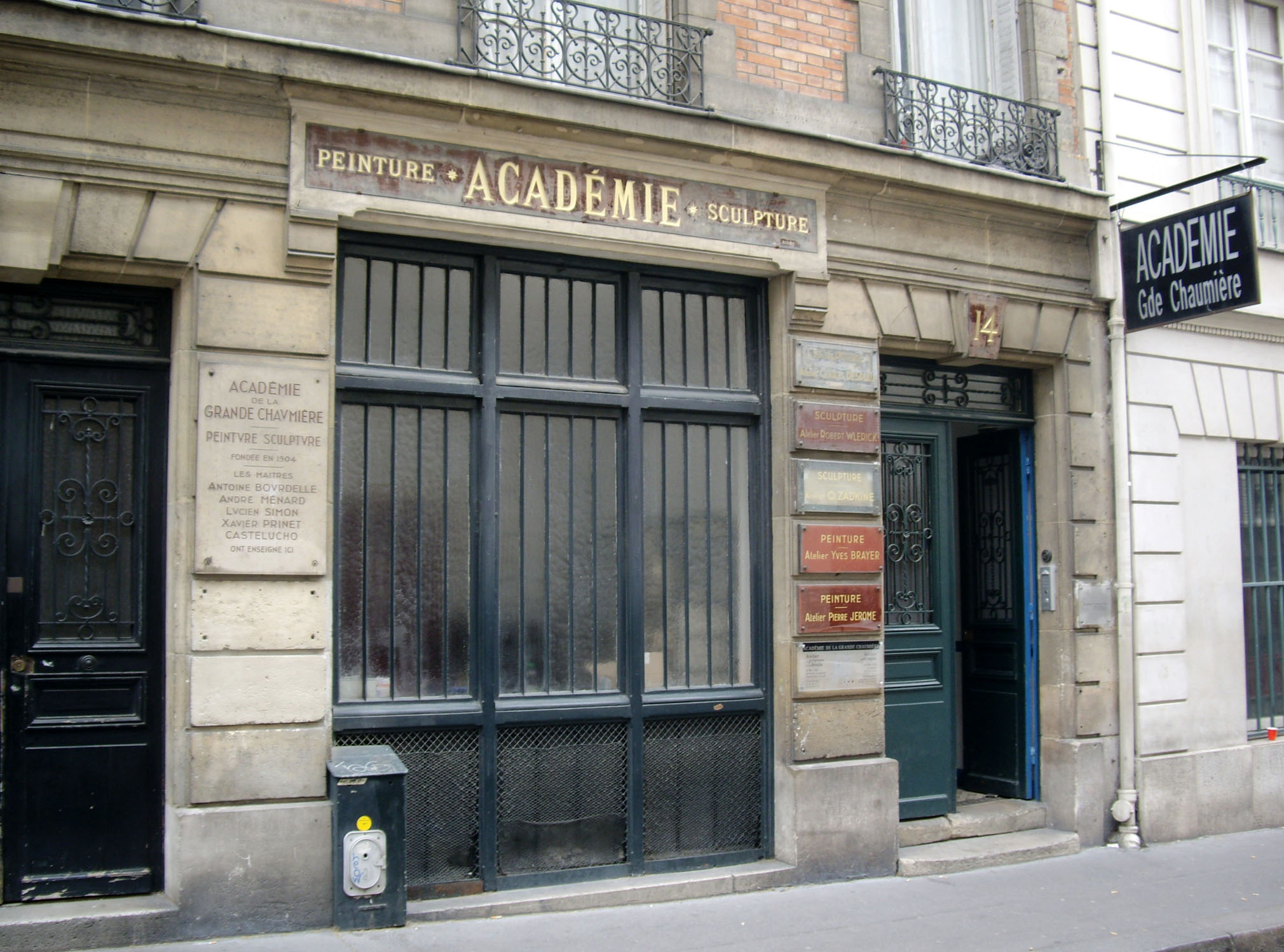
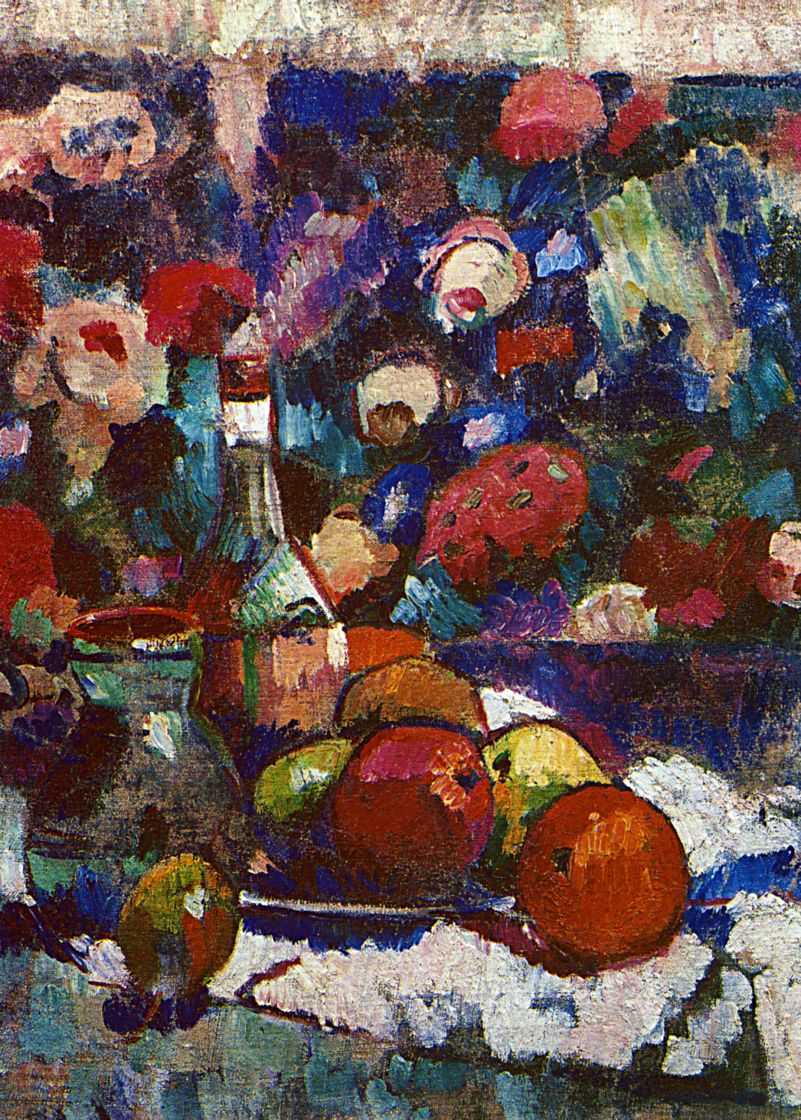
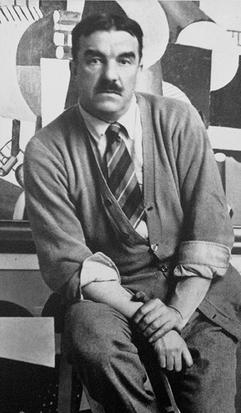
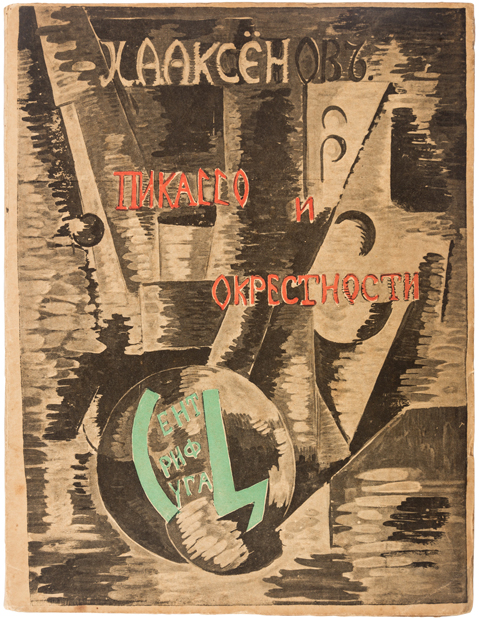
In the beginning of September 1907, Oleksandra Exter started attending classes in the recently opened Académie de la Grande Chaumière. She enrolled in a course led by Henry Caro-Delvaille who was popular at the time. On one occasion her teacher was infuriated by the vivid colours, “far from academic recipes”, that Alexandra used to paint. This dedication to saturated and open colours was the result of the artist’s love for the Ukrainian folk art she had carefully studied and collected.
In the academy, Oleksandra Exter met Fernand Leger who became her close friend for many years. He introduced the artist to his friends Guillaume Apollinaire, Max Jacob, Pablo Picasso, and Georges Braques. In Grand Chaumière, Exter often met with Henri Matisse, a fauvist. The master came there to make sketches from life. No doubt, fauvism (an avant-garde wave using the full capacity of colour for creating images) was one of Exter’s biggest influences at the time. Its influences are felt in particular in Three Female Figures (1909-1910) now preserved in the National Art Museum of Ukraine.

36 Rue Vivienne, Paris, France
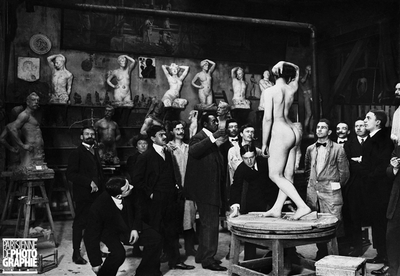
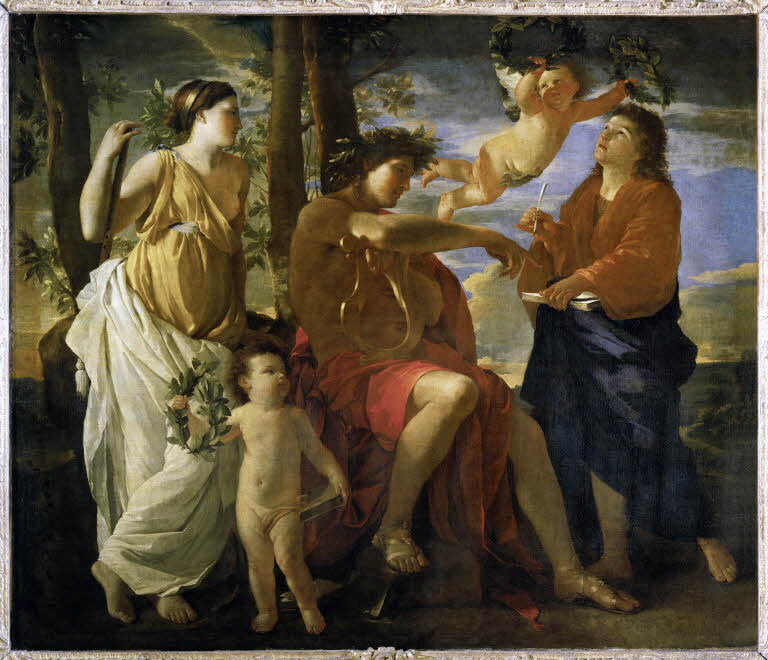
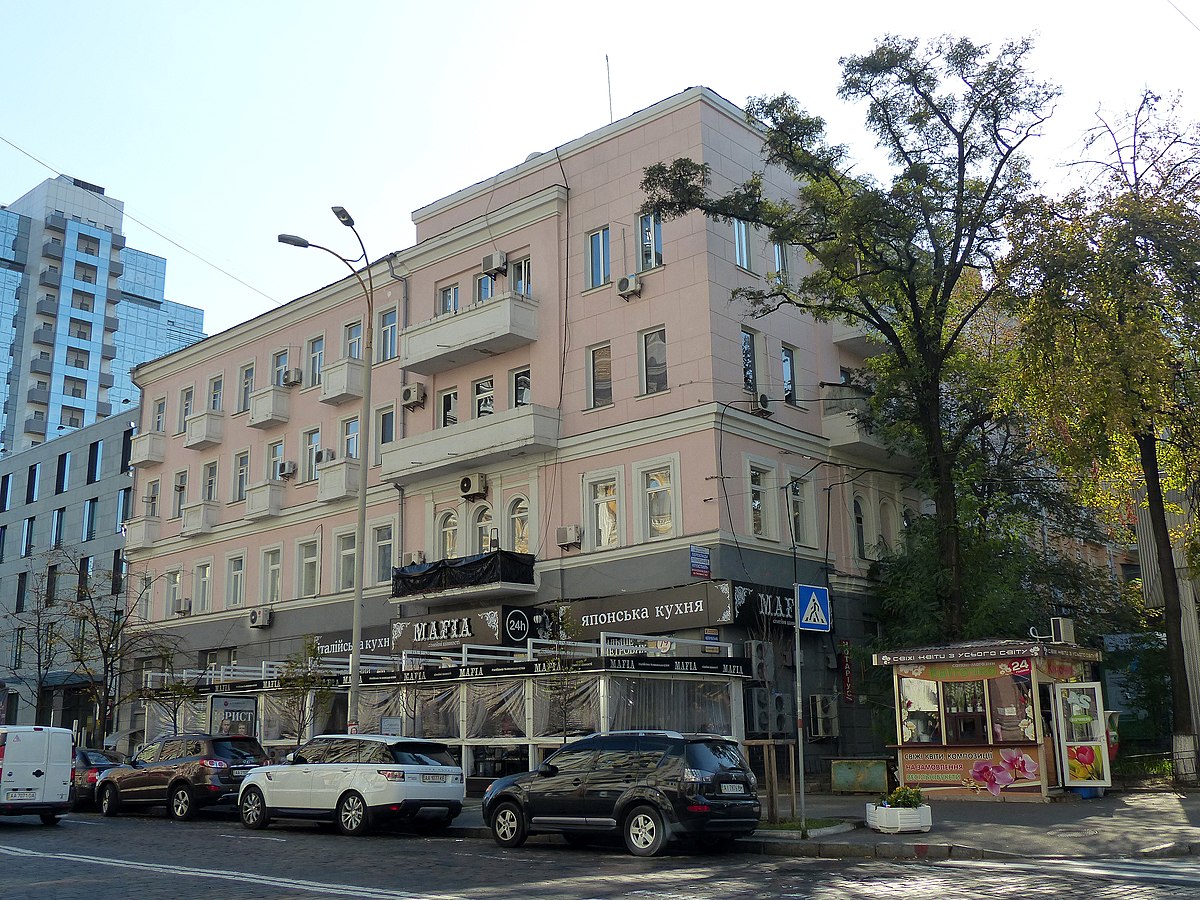
In autumn 1907, Ukrainian avant-garde artist Oleksandra Exter became a student of Académie Julian. Simultaneous with her studies in the newly established Académie Grande Chaumière, the artist also attended this traditional school known for its strict system of teaching classical drawing. For Exter, skilful academic drawing, good training in technique and the knowledge of classical composition laws were a way towards freedom and confidence in creative self-expression, even for the most experimental works. It is interesting to note that Exter’s favourite artist was Nicolas Poussin, a French 17th-century painter and the founder of classicism. She diligently studied his works in the Louvre. When she would later open her own studio in Kyiv in 1918, the composition principles of Poussin’s paintings were required as an obligatory course for all her students.
64 Bis Rue la Boétie, Paris, France
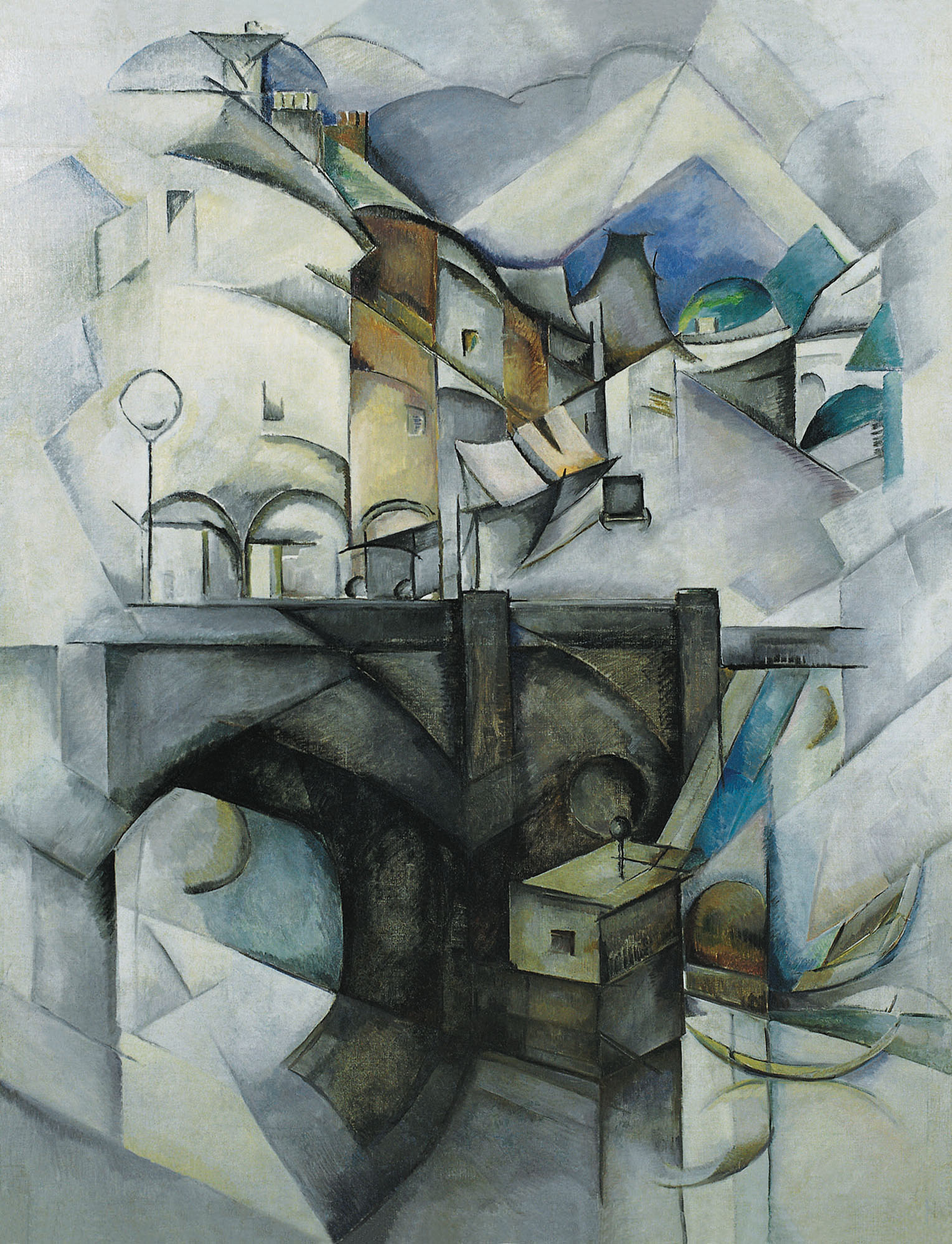
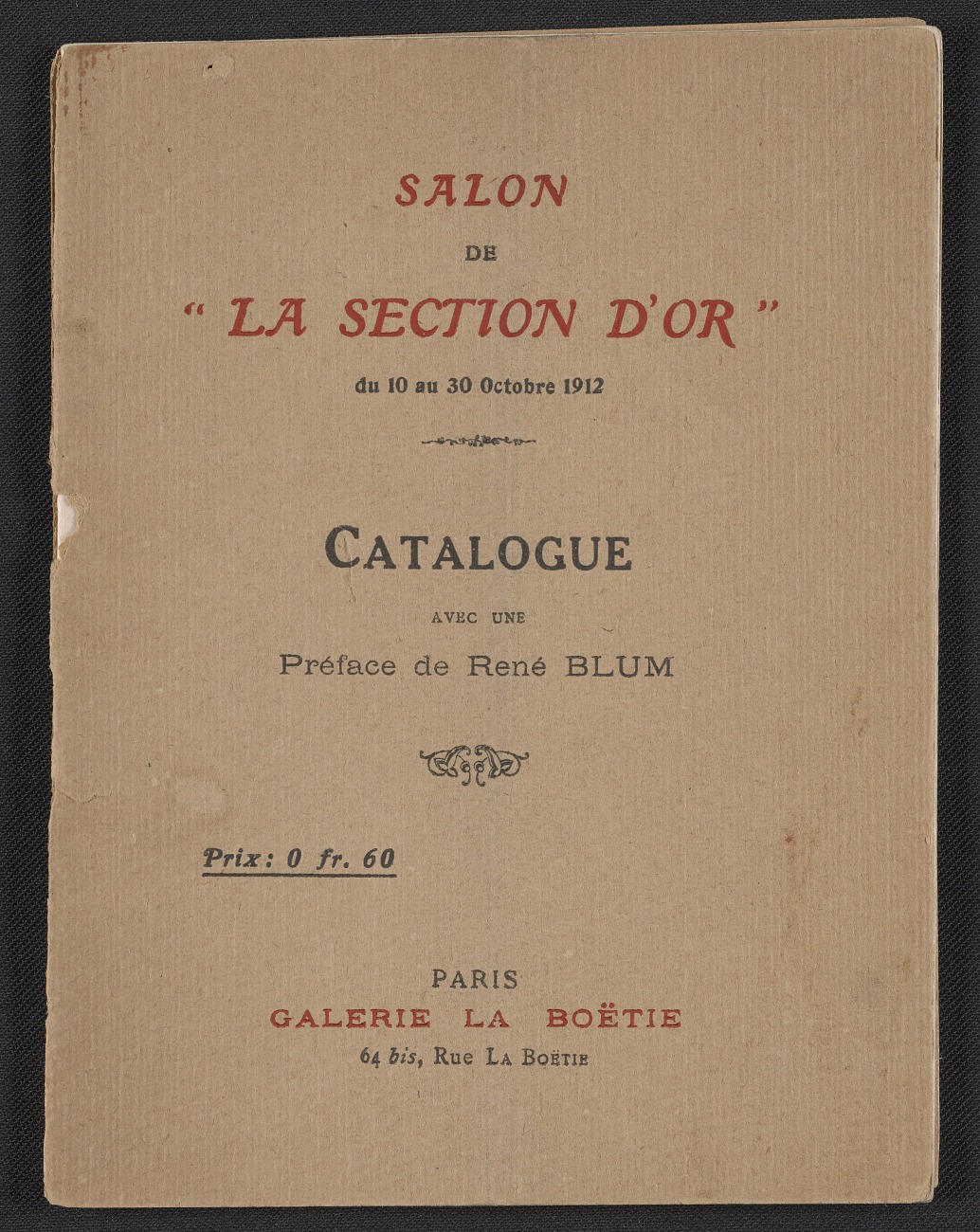
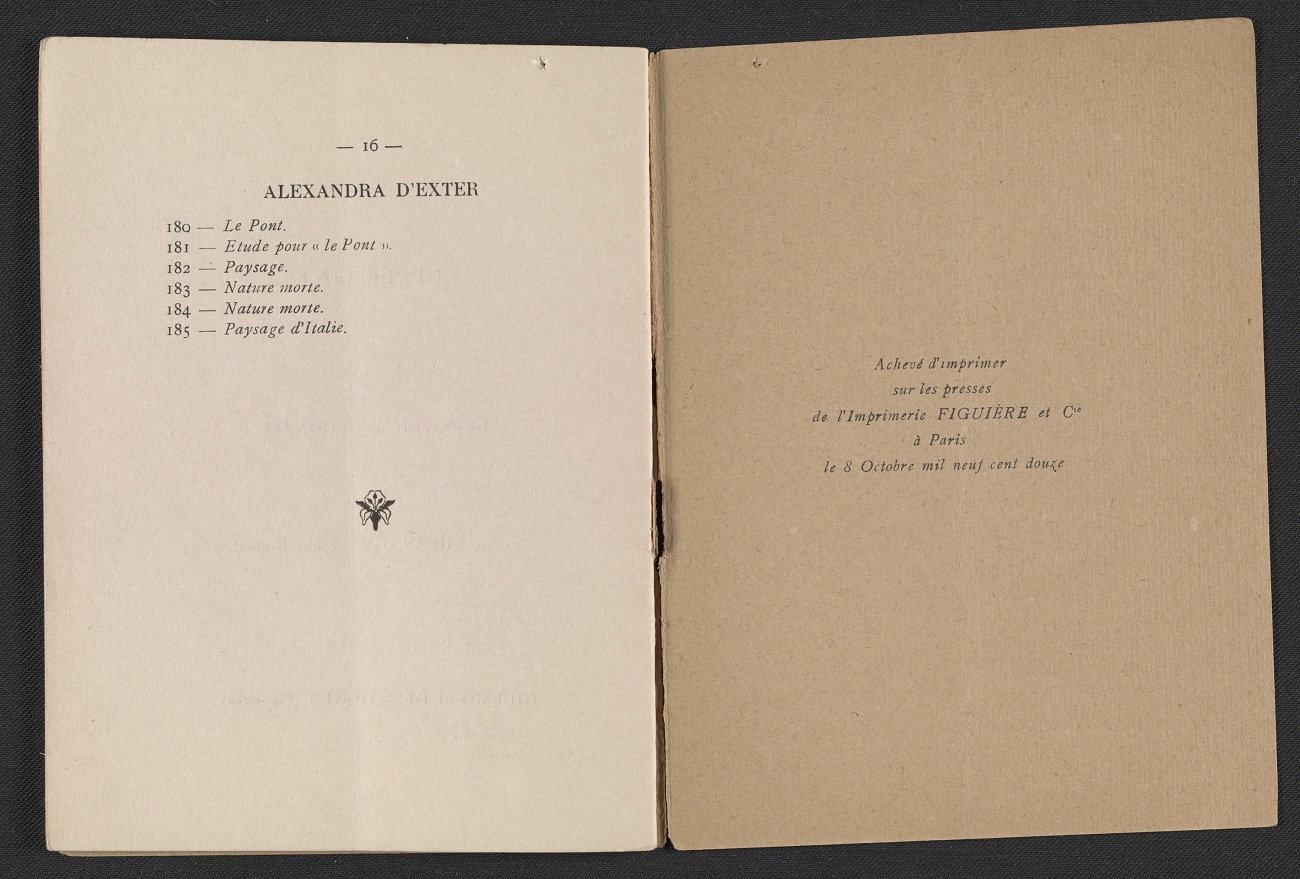
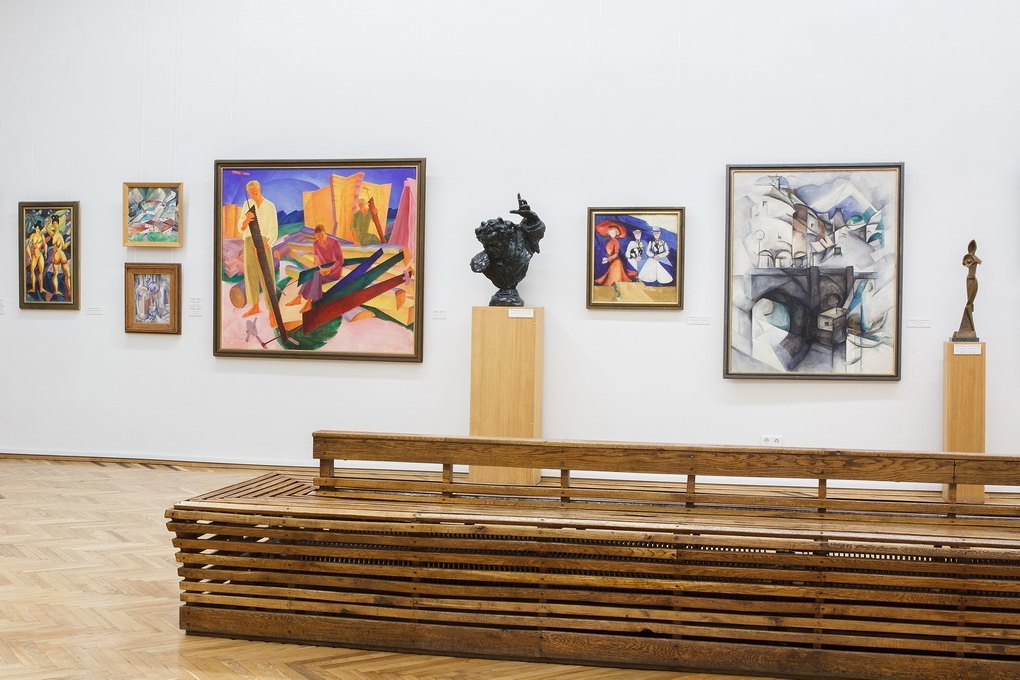
On 10-30 October 1912, the La Boetie Gallery held one of the key exhibitions in the history of cubism, The Golden Section (Section d’Or). The goal of the exhibition was an attempt to visually present cubist evolution and its best achievements. Among 32 participants of the salon, there were three Ukrainian artists: Alexandre Archipenko (participant of Section d’Or group), Oleksandra Exter, and Sofia Levytska.
Oleksandra Exter showcased six of her works publicly, in particular a painting entitled The Bridge Sèvres (1912), which can now be seen in the permanent exhibition of the National Art Museum of Ukraine. For the artist, her participation in the salon was a signature event as she had never before exhibited her work exclusively in the “cubist context”. In the opinion of Exter, cubism was the first artistic phenomenon after the Renaissance to make global changes in art. One such change was in the understanding of composition: the space between objects became just as valuable as the objects depicted. Exter’s friend, Alexandre Archipenko from Kyiv, was the first to implement this principle in sculpture: the “voids” and “orifices” acquired the same meaning in his plastic works as the material surrounding them.
Oleksandra Exter presented her theoretical reflection on cubism in an article entitled “Novelties in French Painting” published in 1912 in Mystetstvo, a Kyiv journal. Her studios both in Kyiv and Odesa used cubist principles as the foundation of their pedagogical system.
229 Boulevard Raspail, 75014 Paris, France
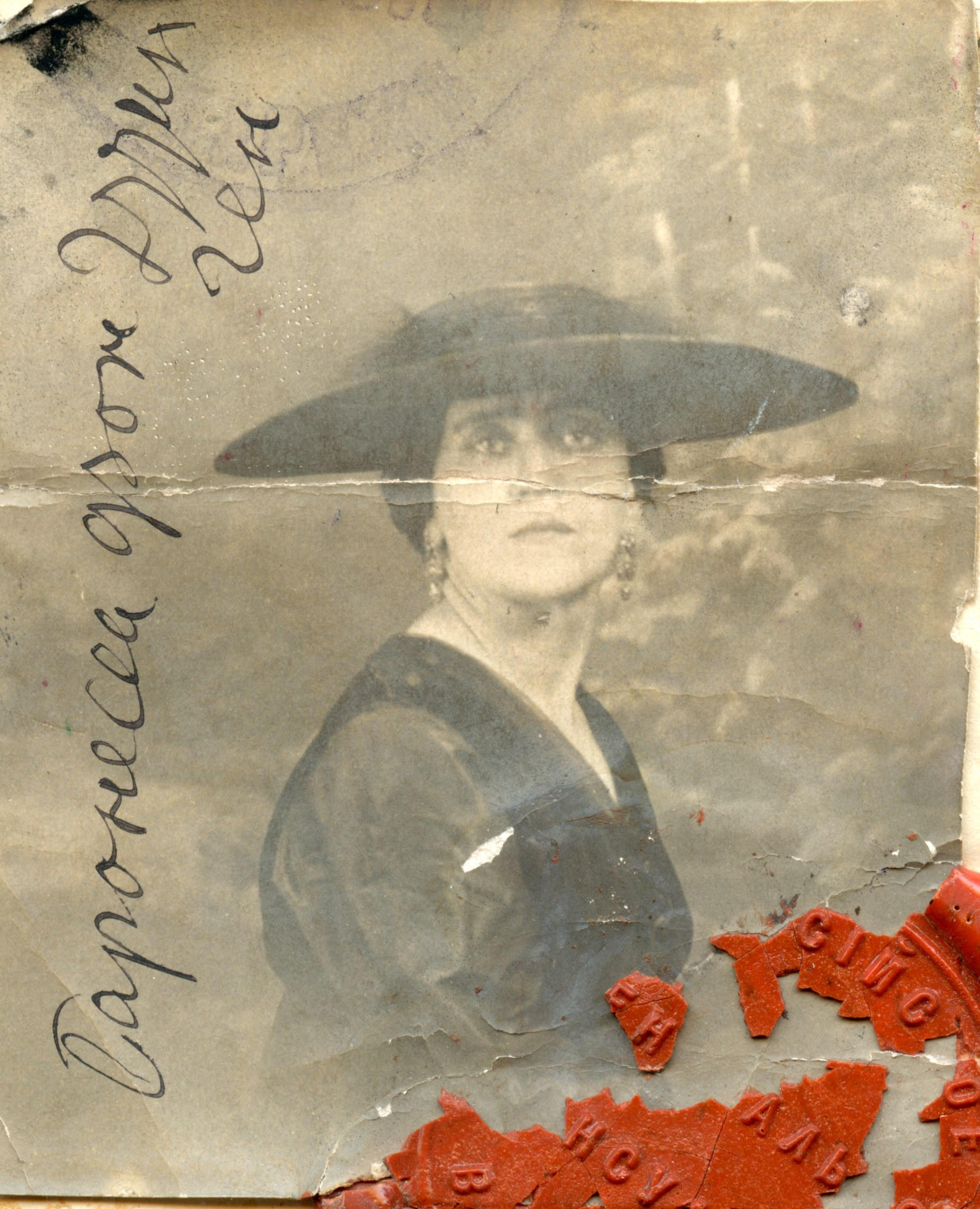
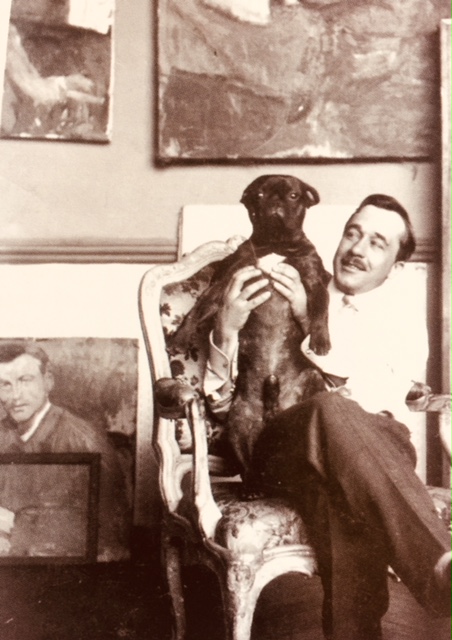
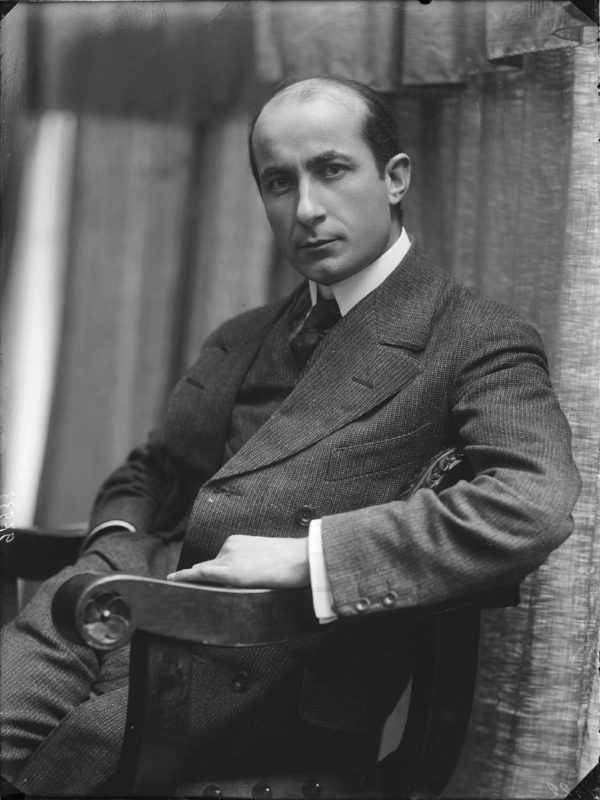
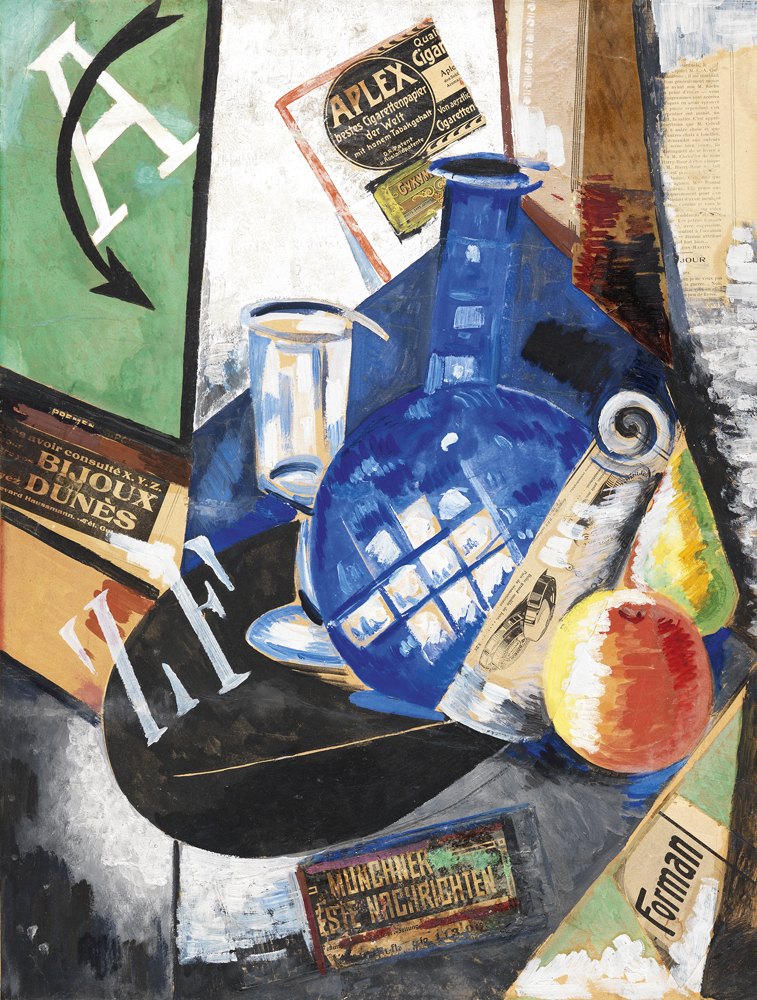
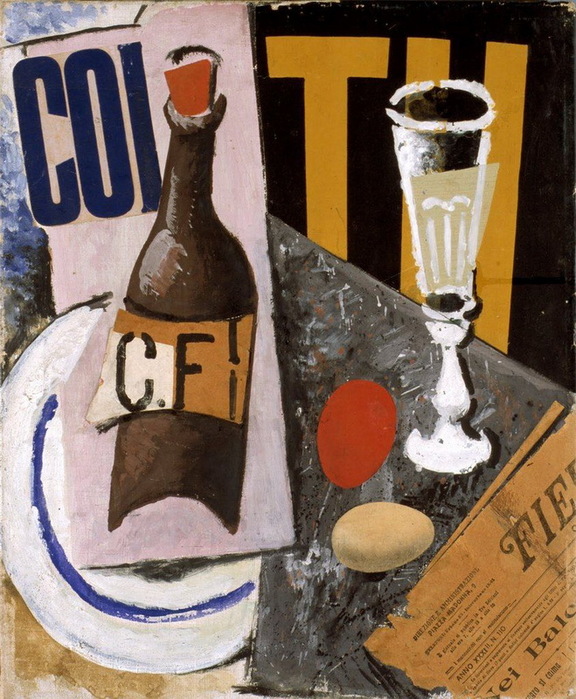
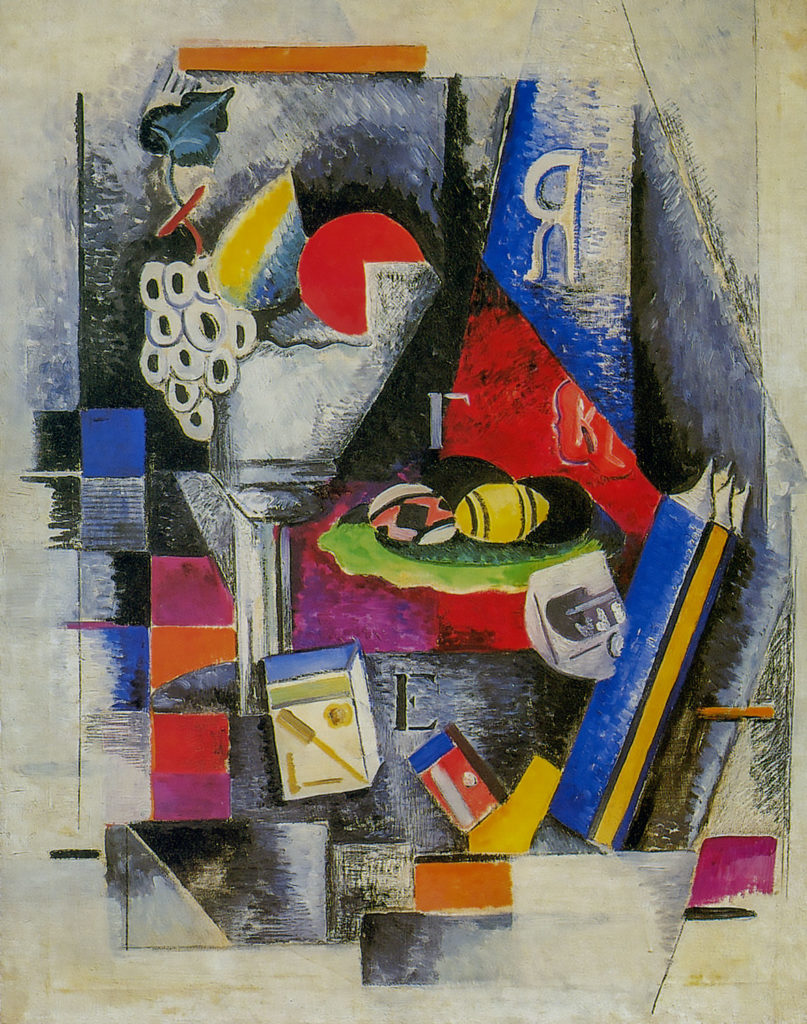
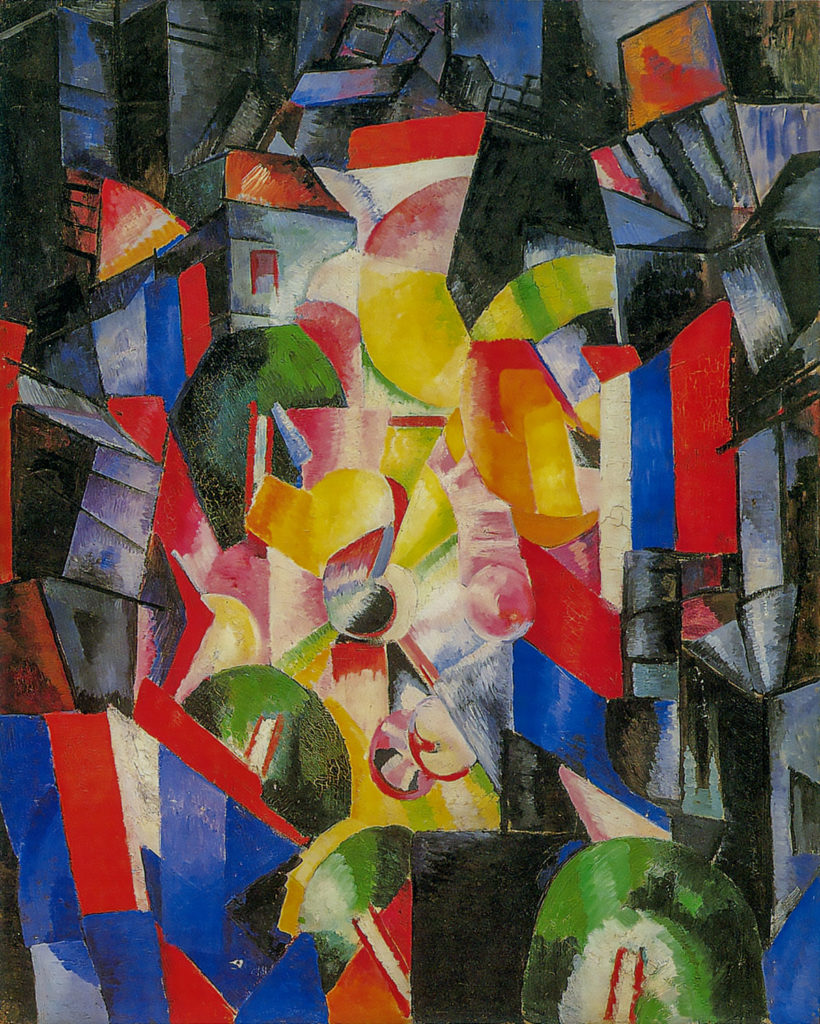
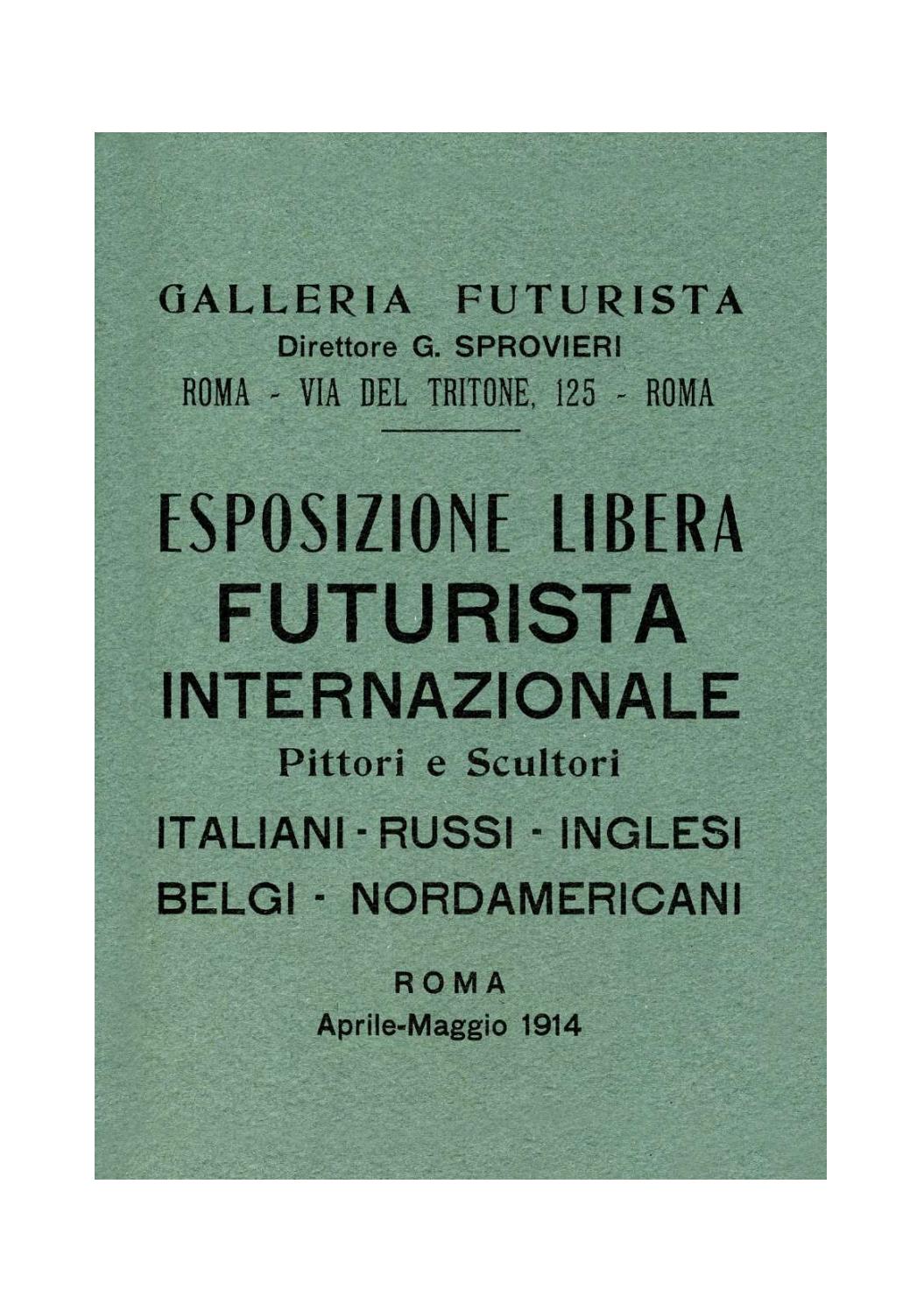
A huge apartment in Montparnasse belonging to Baroness Ellen Ettingen and her cousin Sergey Yastrebstrov (known in France as Serge Férat) was a key location on the artistic map of Paris in the early 20th century. Here one could meet French cubists, Italian futurists, poets, writers, and theatrical personalities. A frequent guest of the salon was Oleksandra Exter, a Ukrainian artist and Sergey’s close friend; they had met during their studies at Kyiv Art College (1901-1903). It was Yastrebtsov who showed Exter the beauty of contemporary French culture and motivated her to come to Paris. And thanks to the Baroness, in 1912 Aysa (as Exter was called by her Paris friends) had a decisive meeting with an Italian artist Ardengo Sofficci. “Paris, April 3, Niele café, night-time. An hour has passed since we met in Serge’s workshop […] but I have a feeling we have lived together for many years,” the Italian artist remembers. Later, they travelled together throughout France and Italy. Sofficci introduced Exter to Italian futurists: F.-T. Marinetti, U. Boccioni, C. Carra, and D. Severini.
From 1912 until 1914 the artists often worked together in the same workshop in 18 Boissonade street. This is the studio Oleksandra Exter rented from 1909 until the beginning of World War I. It was also the place where the first cubofuturist works emerged (the artists combined the principles of French cubism and Italian futurism), later presented in the spring of 1914 in Rome at the Esposizione Libera Futurista Internazionale.
C. Giazzo, 30122 Venice, Italy
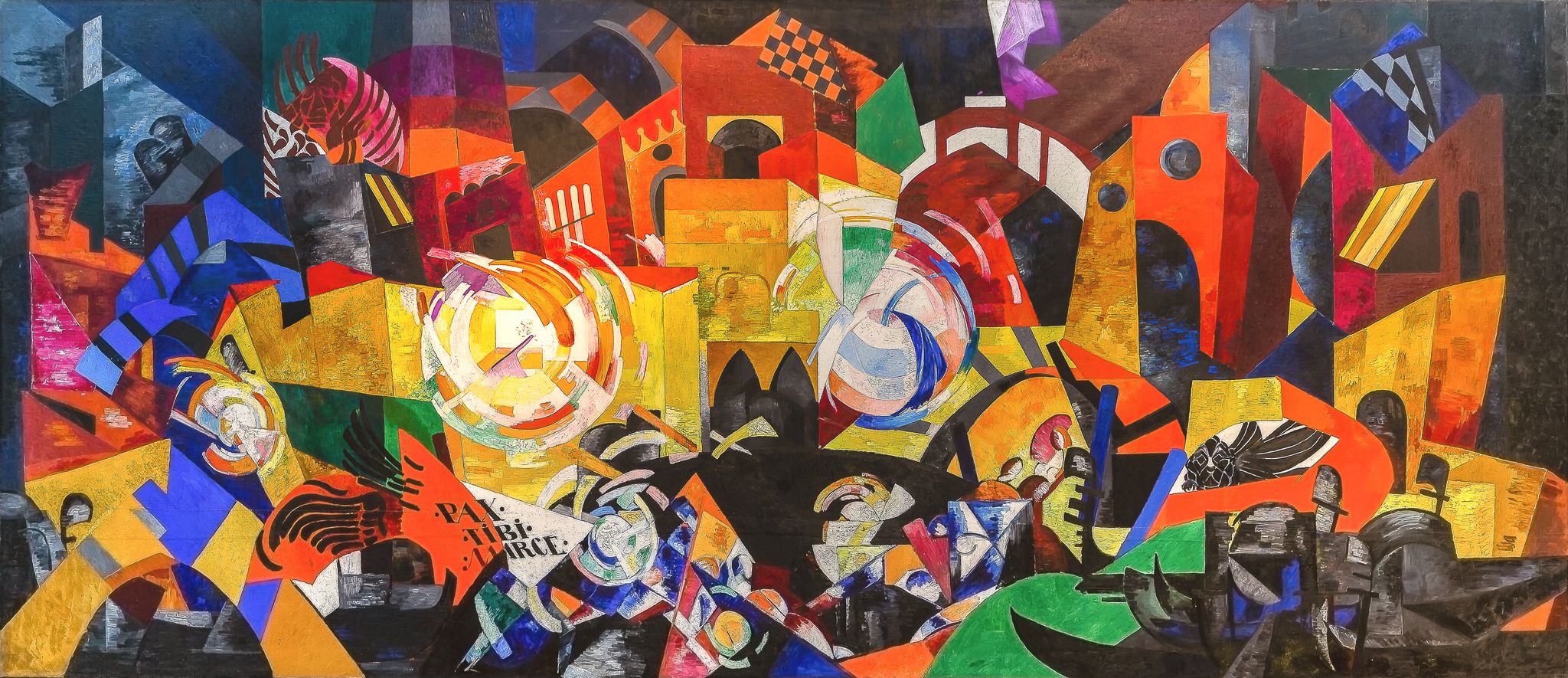
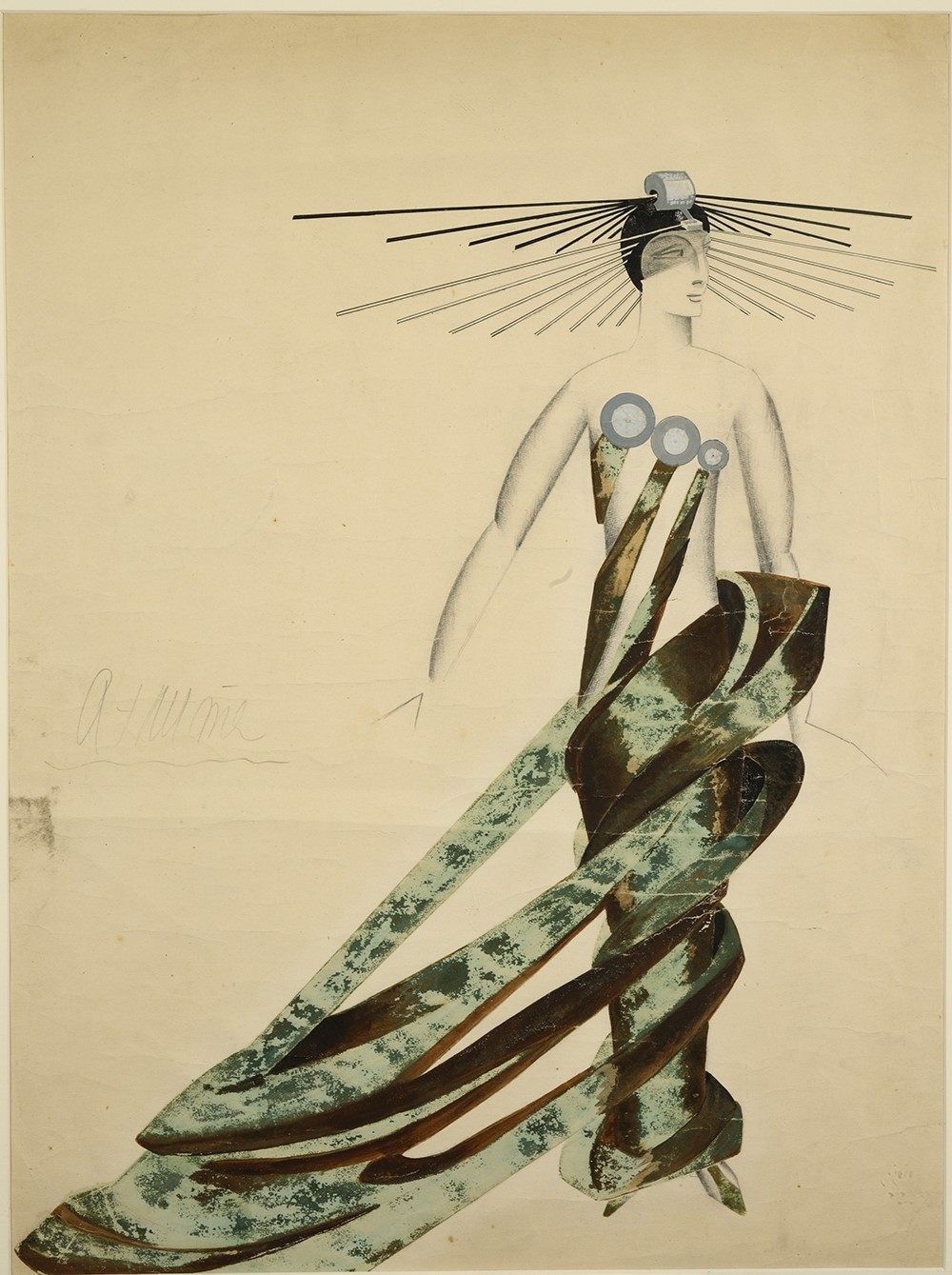
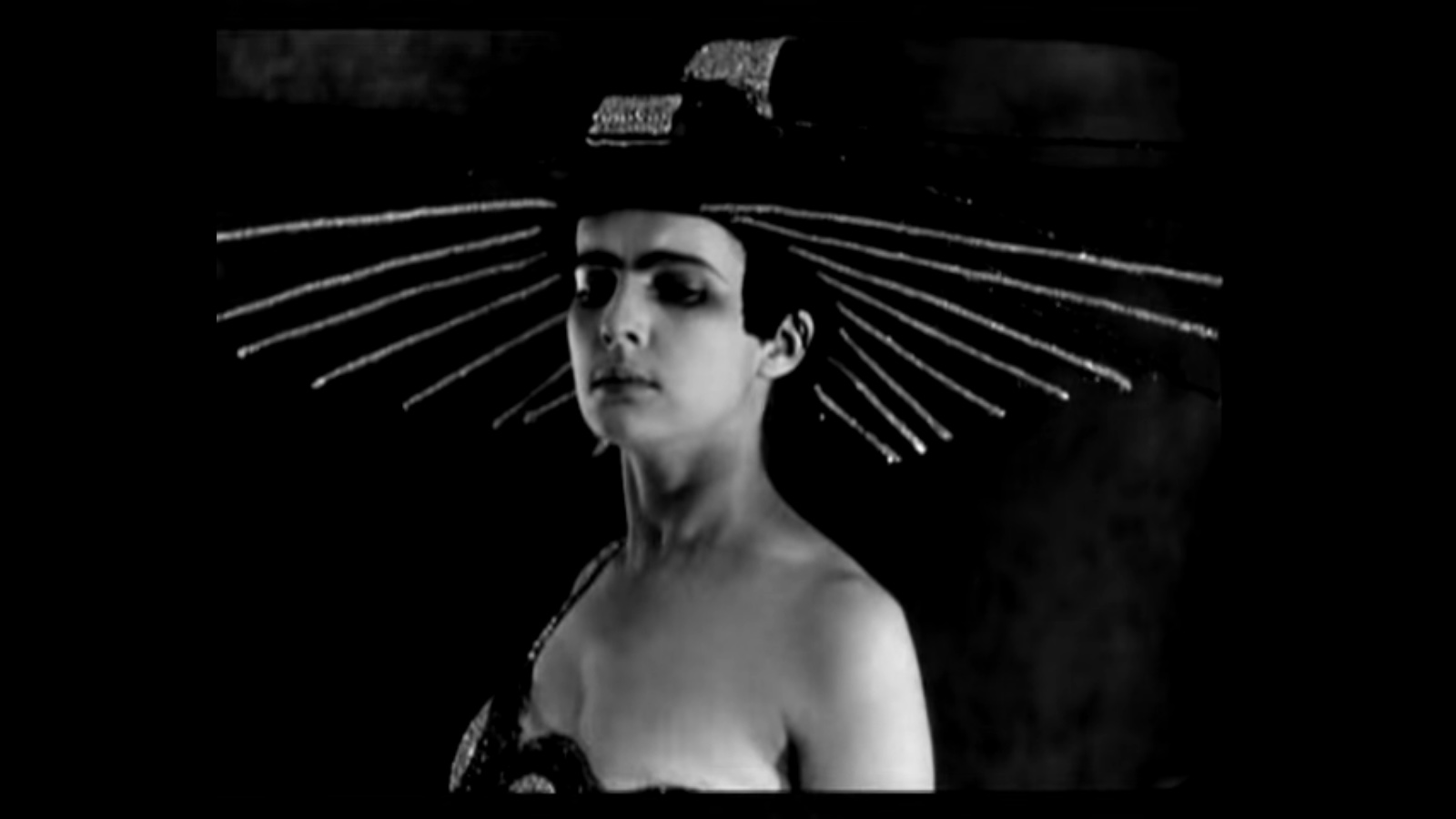
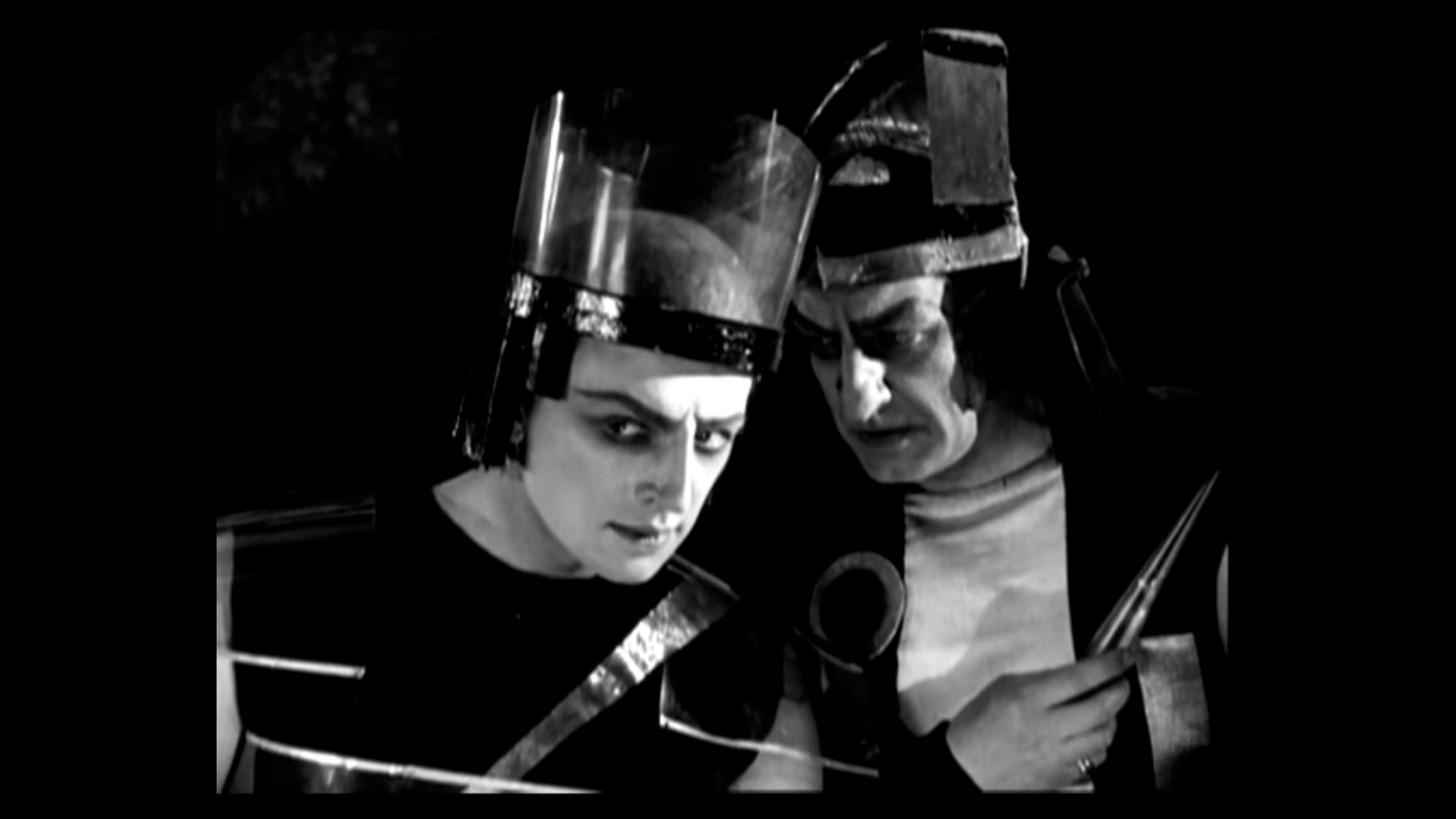
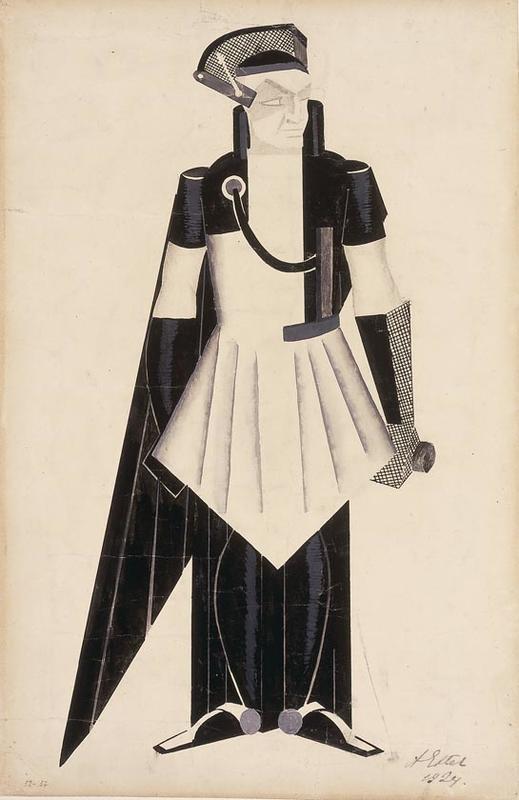
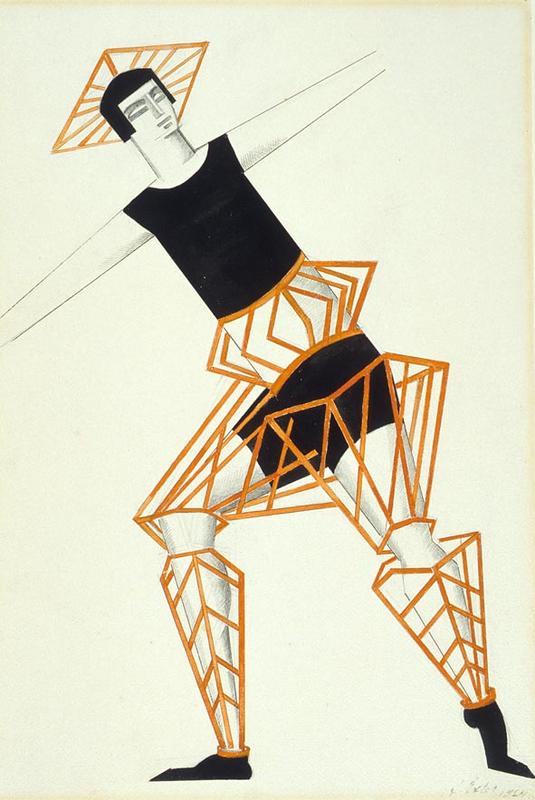
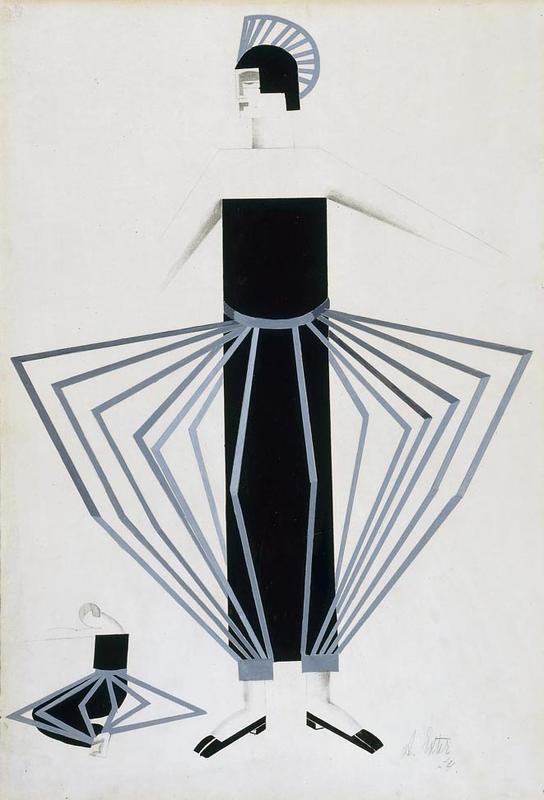
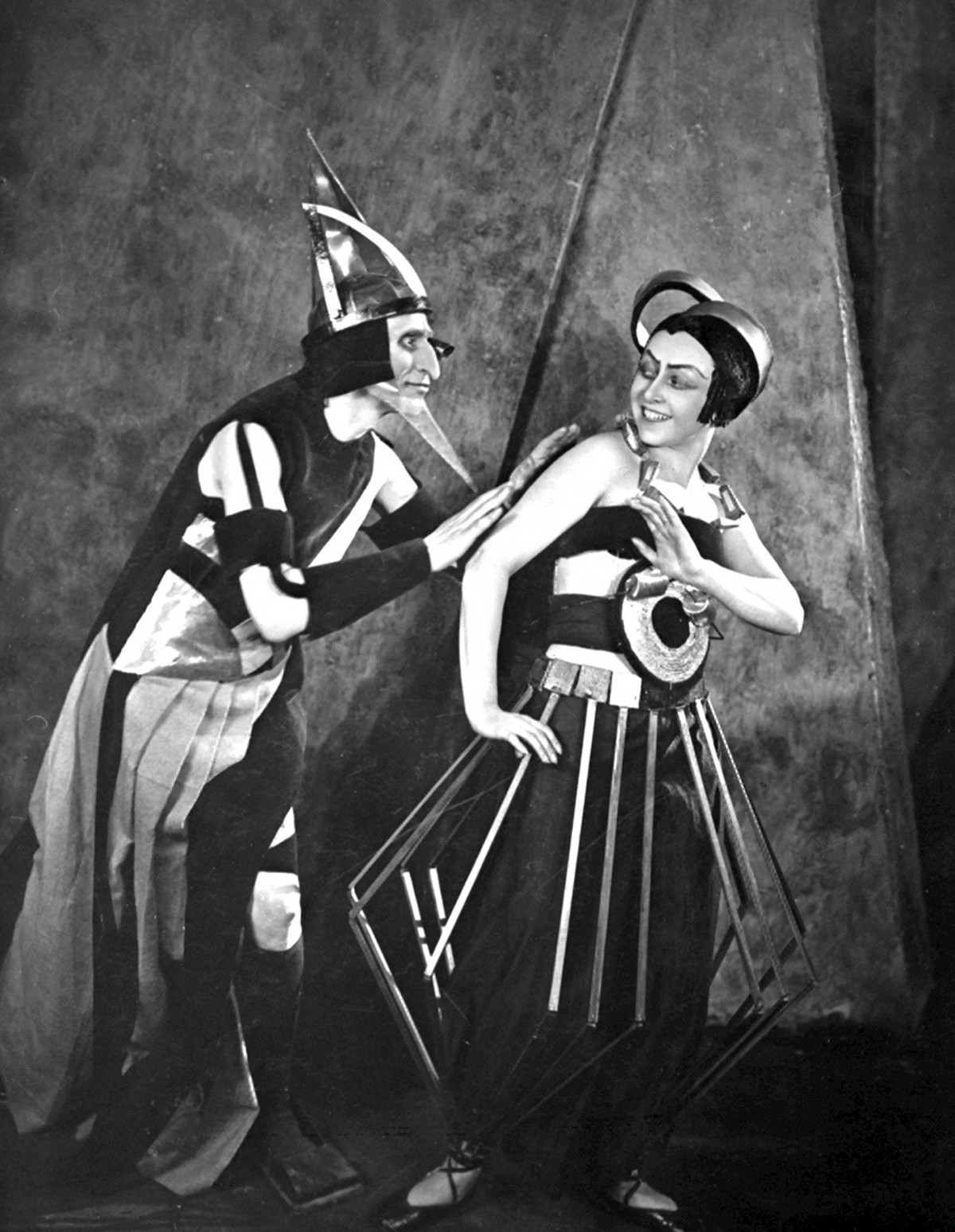
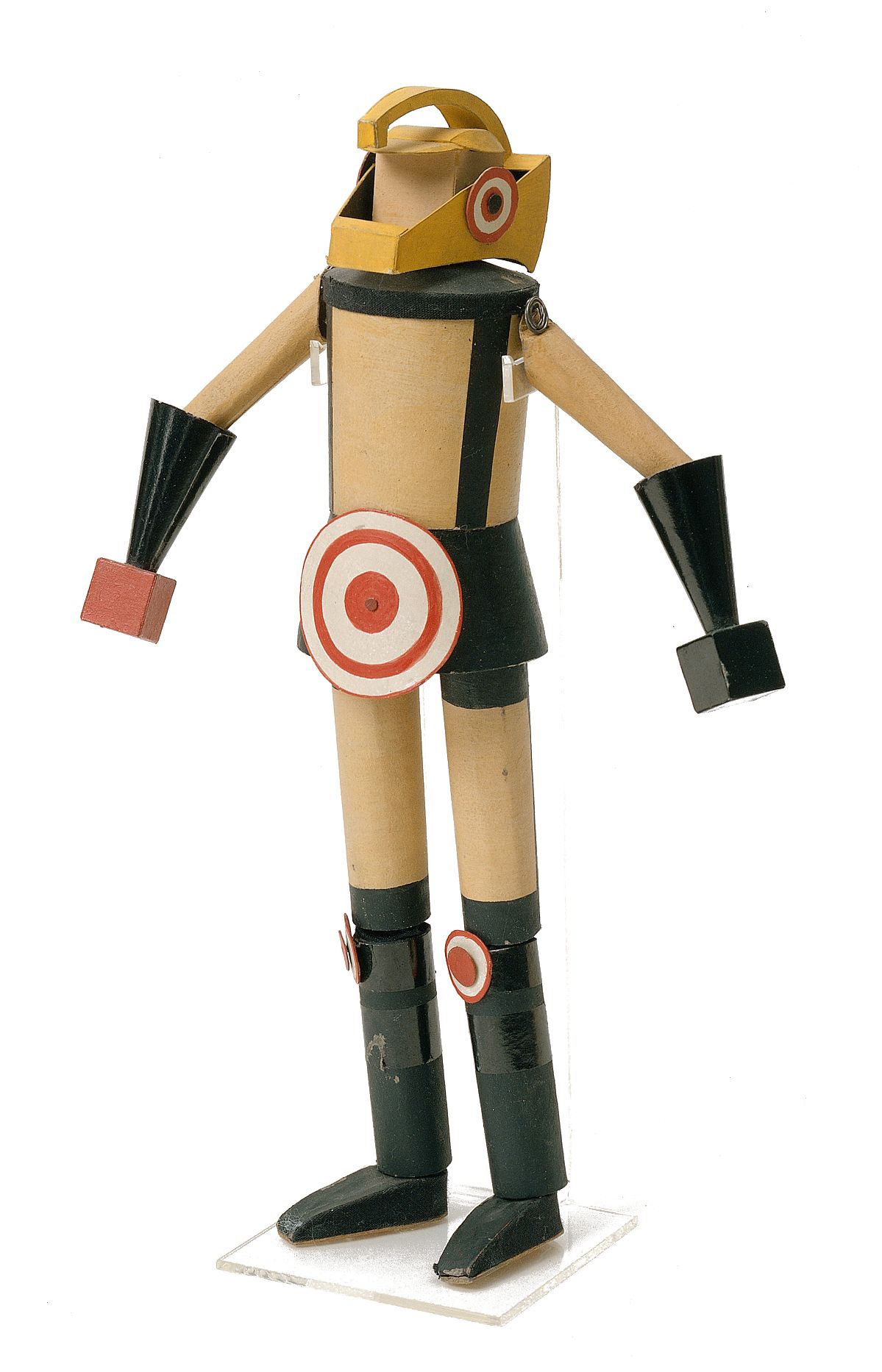
In 1924, Ukrainian artist Oleksandra Exter participated in the 14th Venice Biennale. Known to the European audience as a frontwoman of contemporary stagecraft, Exter showcased 20 sketches for theatre and film productions. In particular, they included sketches of costumes for sci-fi film Aelita directed by Yakov Protazanov (1924). One of the sketches was published in Der Sturm, a Berlin journal. However, the main accent of the exhibition was Venice, a large (268 х 639 cm) painting made by the artist in Venice right before the start of the exhibition. The painting was exhibited in the glass corridor of the second floor in the Soviet pavilion (formerly Russian, built in 1914 at the close of the Russian Empire and financed by Ukrainian entrepreneur, collector and philanthropist Bohdan Khanenko). This signature work by Exter featured almost the whole anthology of shapes and images in her paintings of 1910-20s. The artist created an architectural and painting quintessence of the Italian city on canvas.
154 Rue Broca, Paris, France
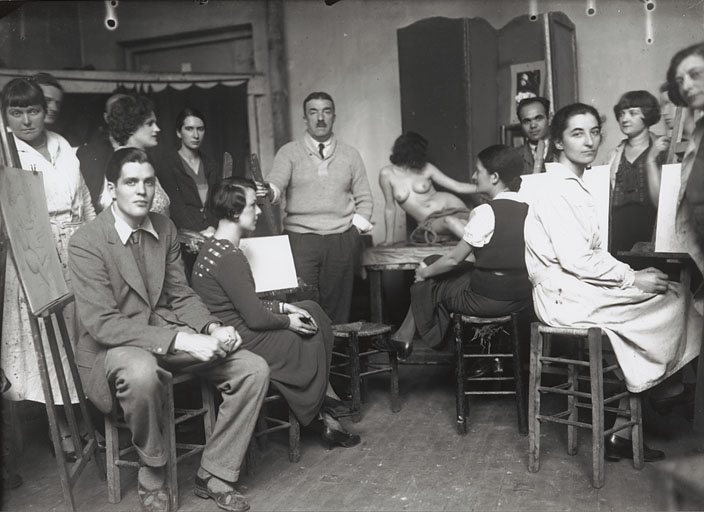
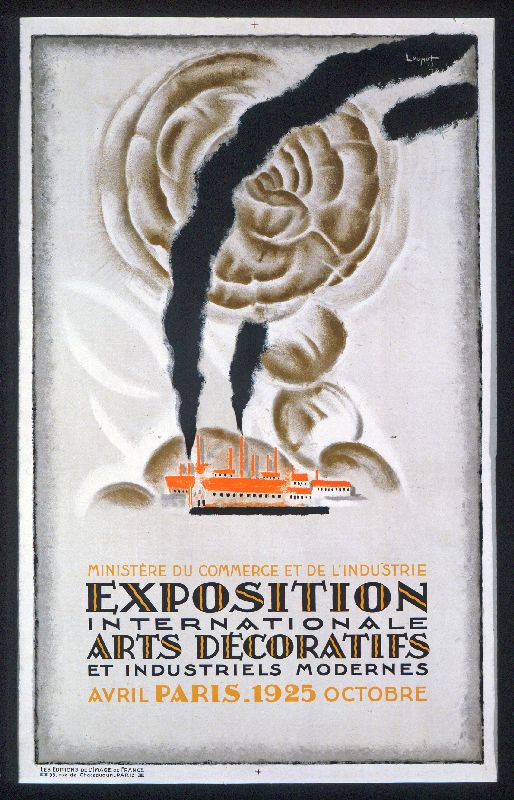
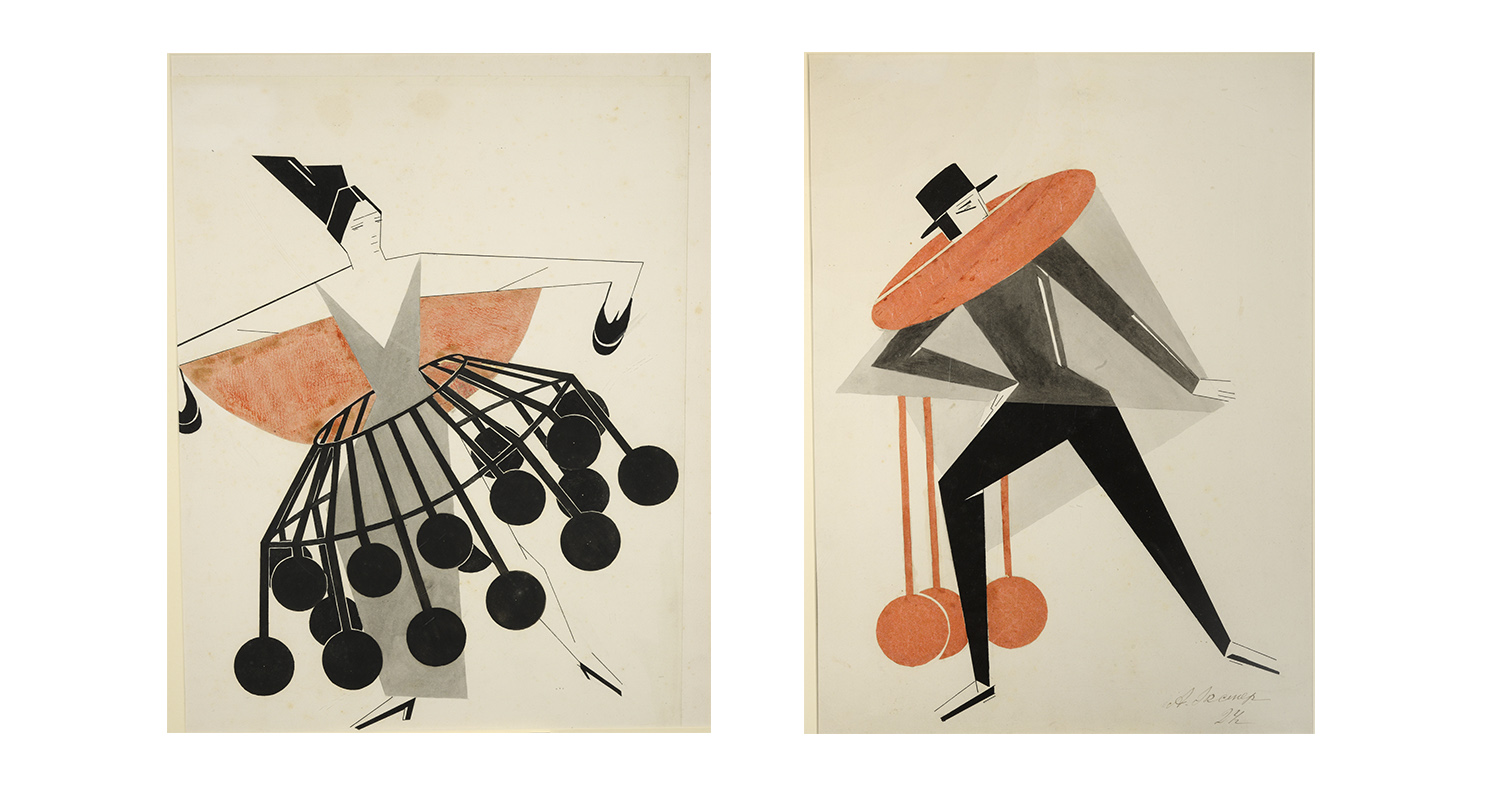
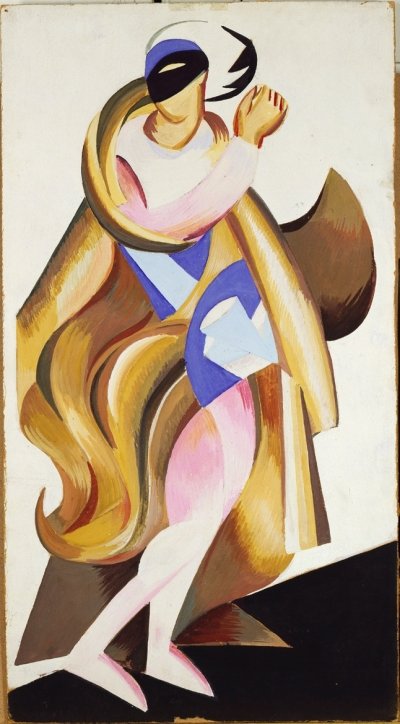
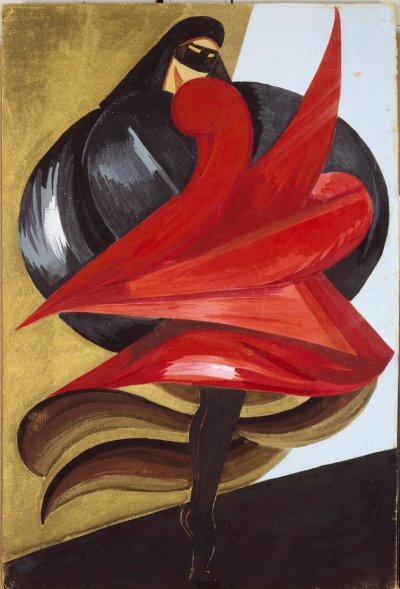
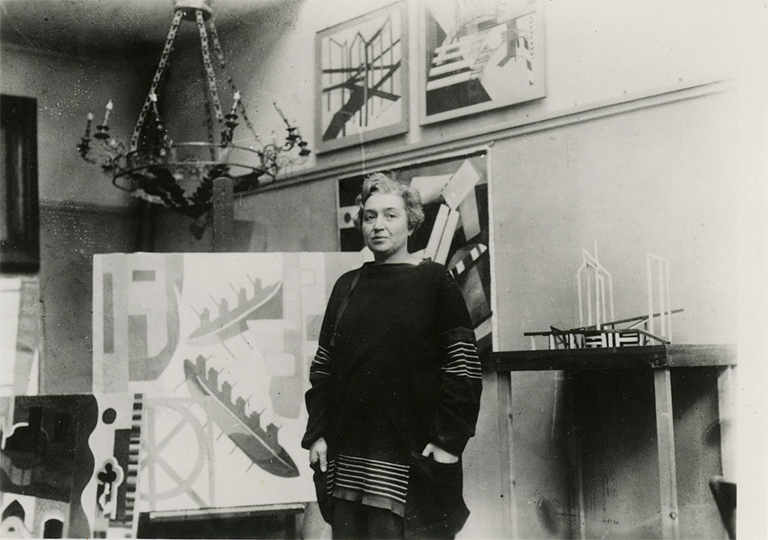
In the beginning of 1925, Ukrainian avant-garde artist Oleksandra Exter began teaching a course on theatrical art and stagecraft at the Académie Moderne, the newly founded by Fernand Leger and Amedée Ozenfant. The well-known theatre artist who had obtained a Gold medal at the International Exhibition of Decorative Arts and Art Industry in Paris that same year was also an experienced teacher.
The distinguishing feature of Exter’s teaching method was for students to learn specialized disciplines (stage technology, lights, costume design) in close connection with general art studies. For example, it was obligatory to study the rhythm and composition of Horace’s Odes, to read Arthur Rimbaud’s poetry, the sounds of which, Exter believed, were similar to colours. The main principles of her pedagogical system were developed in Kyiv in 1918. This Kyiv studio of contemporary scenography that was both cubofuturist and constructivist would offer the first structured study course of its kind in Europe.
National Gallery of Australia, Parkes Pl E, Parkes ACT 2600, Australia
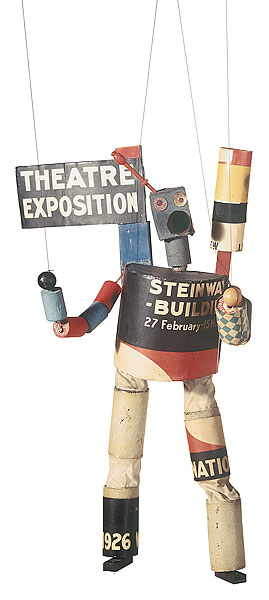

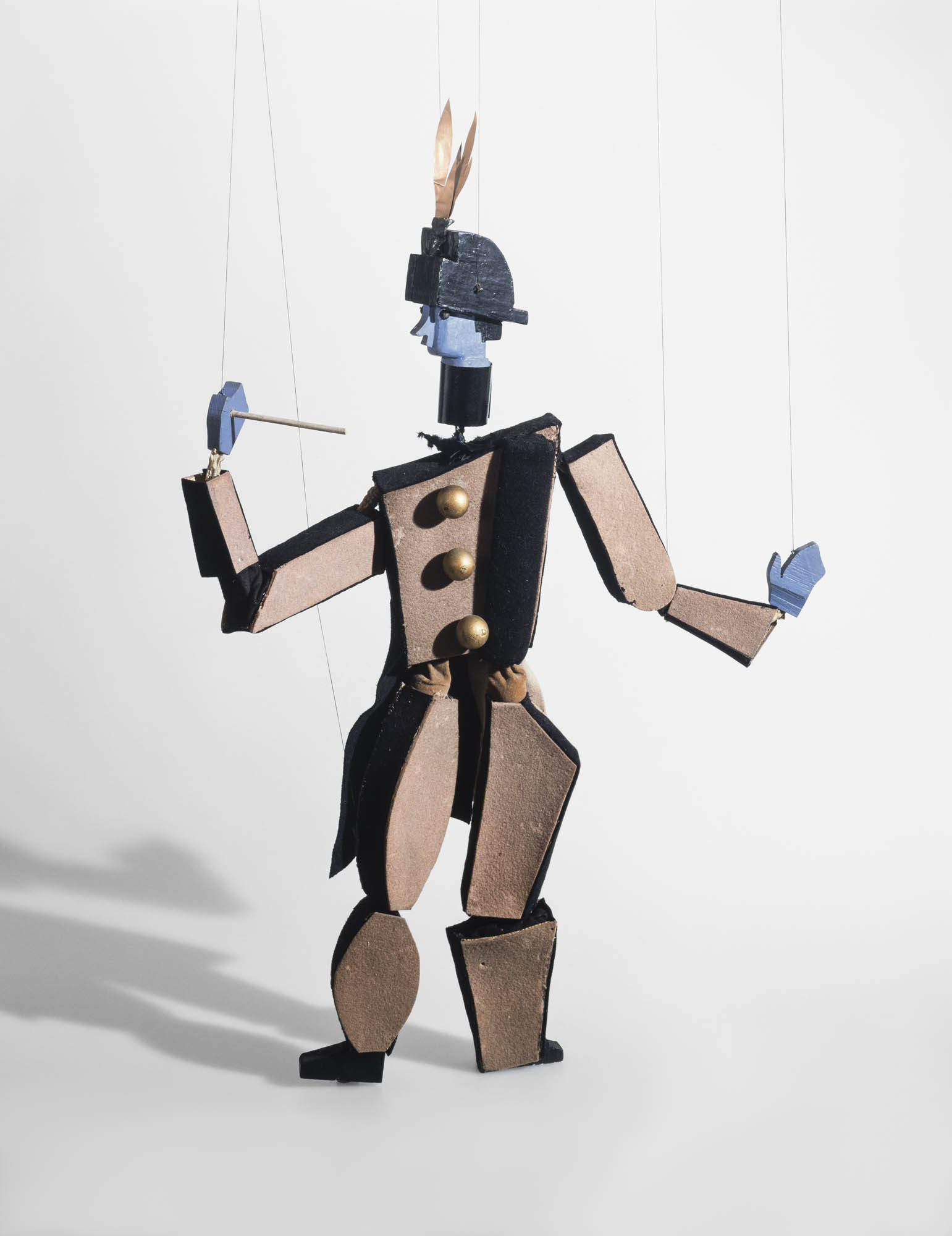
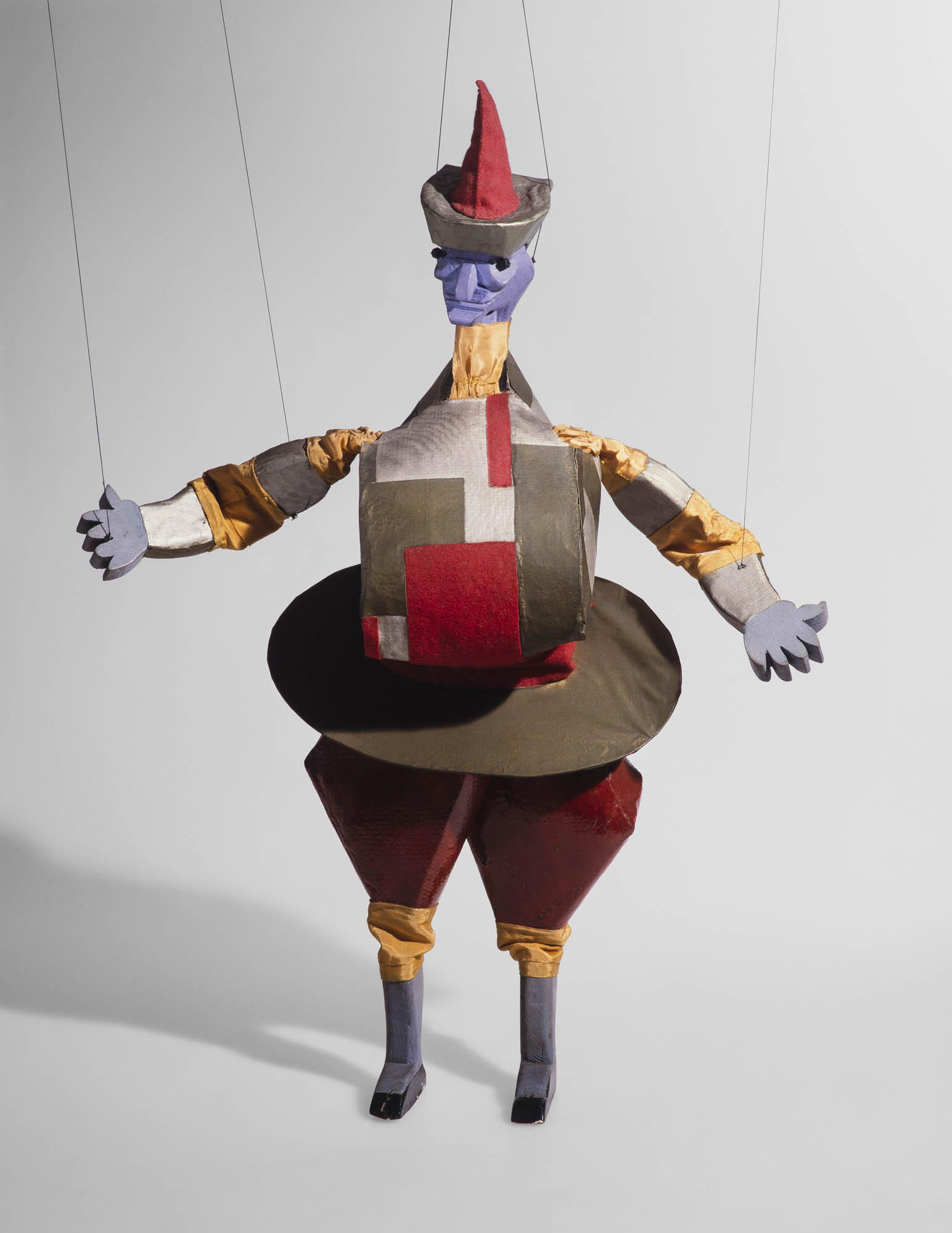
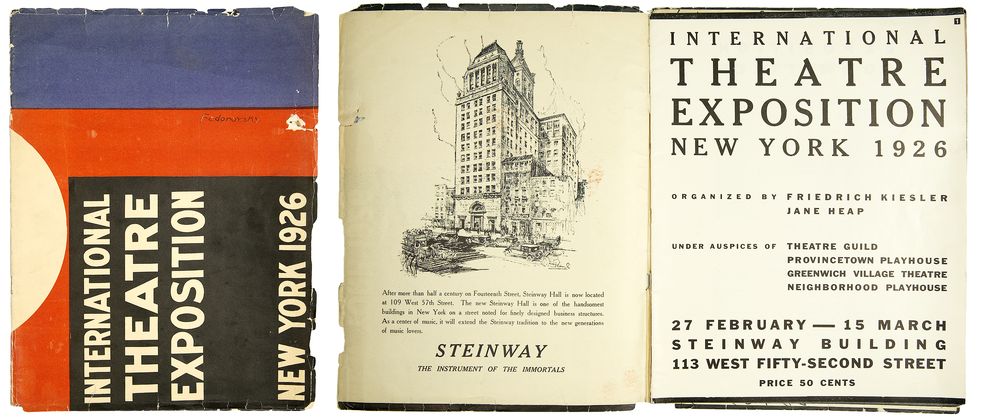
In 1977, the Australian National Gallery acquired two unique works by Ukrainian avant-garde artist Oleksandra Exter: Human Advertisement and Human Sandwich, which were marionettes produced by the scenographer in 1926 for a puppet film by Urban Gad, a Danish film director (unfortunately, the film was never made). According to the director’s concept, the film was to be set in two dimensions: Venice of the 19th century and New York of the early 20th century. The characters of Italian commedia dell’arte (Punch, Colombina) found themselves among the city’s skyscrapers and neon lights meeting a host of characters: police officers, human advertisements, Americans in business attire and girls dressed in the style of the 1920s. Exter’s marionettes are actually sculptures embodying the features of cubism, constructivism, and readymade experience. The puppets combine handmade details and manufactured elements: tin cans, buttons, wine corks, and pieces of wire. The idea of time travel is emphasized by the advertising of Goodrich tires adorning a “Human Advertisement”. At the same time, a “Human Sandwich” issues “invitations” to visit the International Theatre Exhibition held in New York’s Steinway Building from 27 February through 22 March 1926, where Exter’s work was being showcased.
Overall, Oleksandra Exter designed 40 puppets which are now preserved in museums and private collections all over the world.
